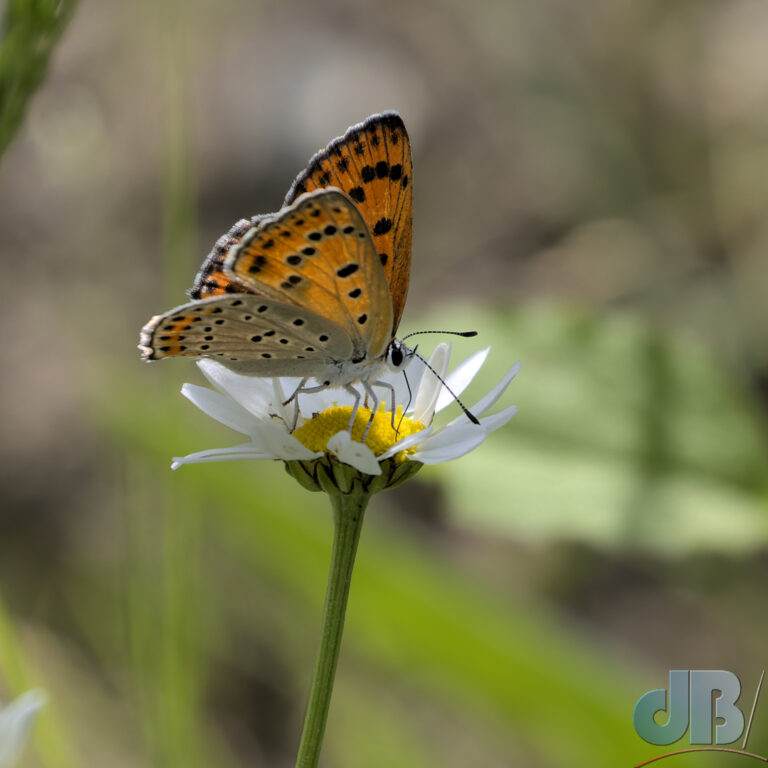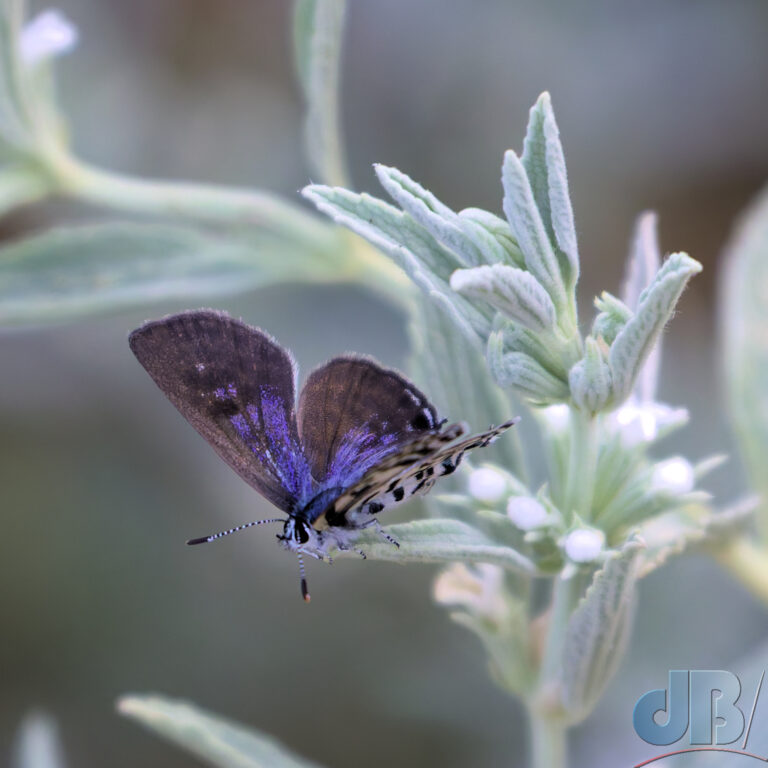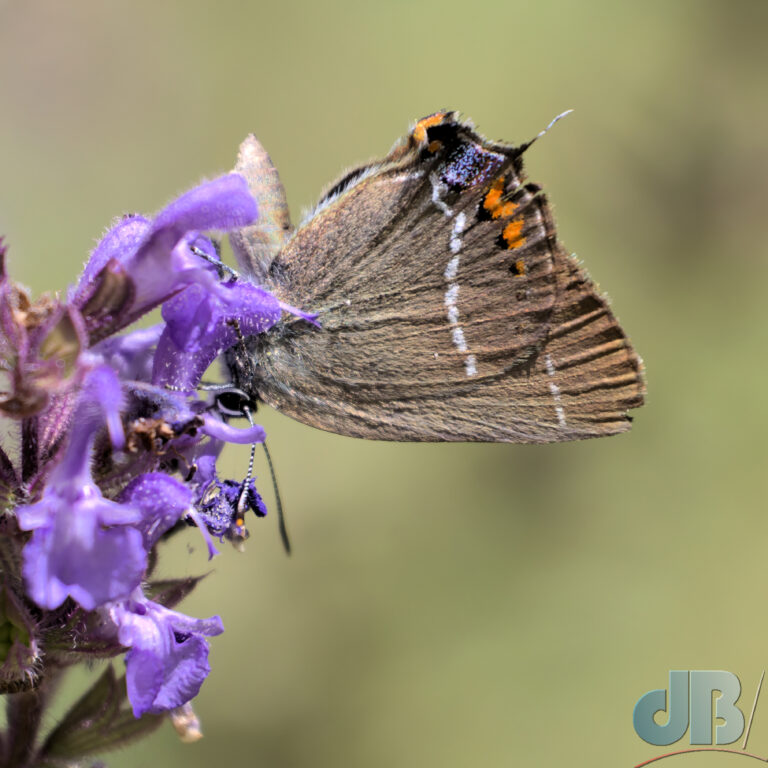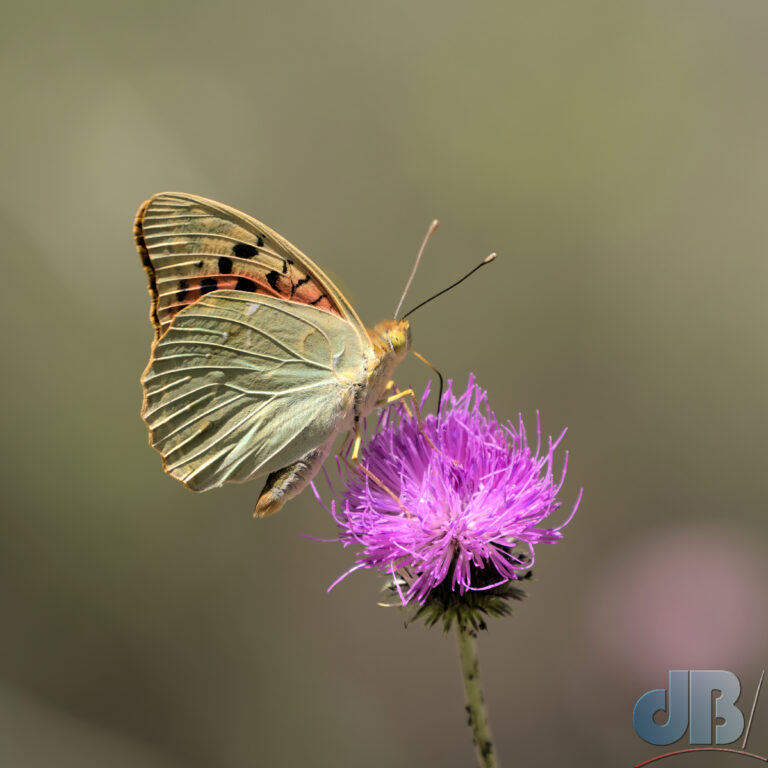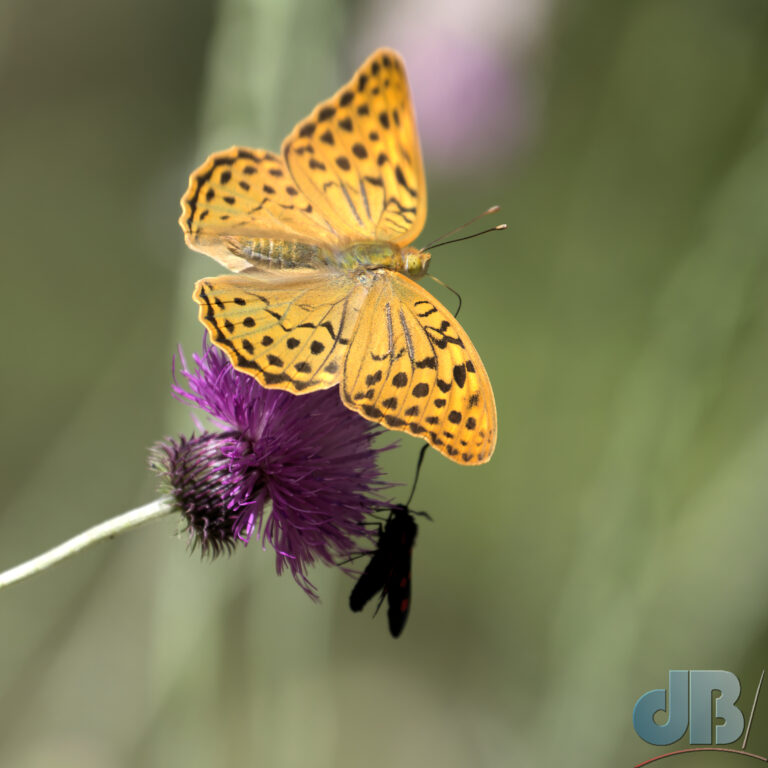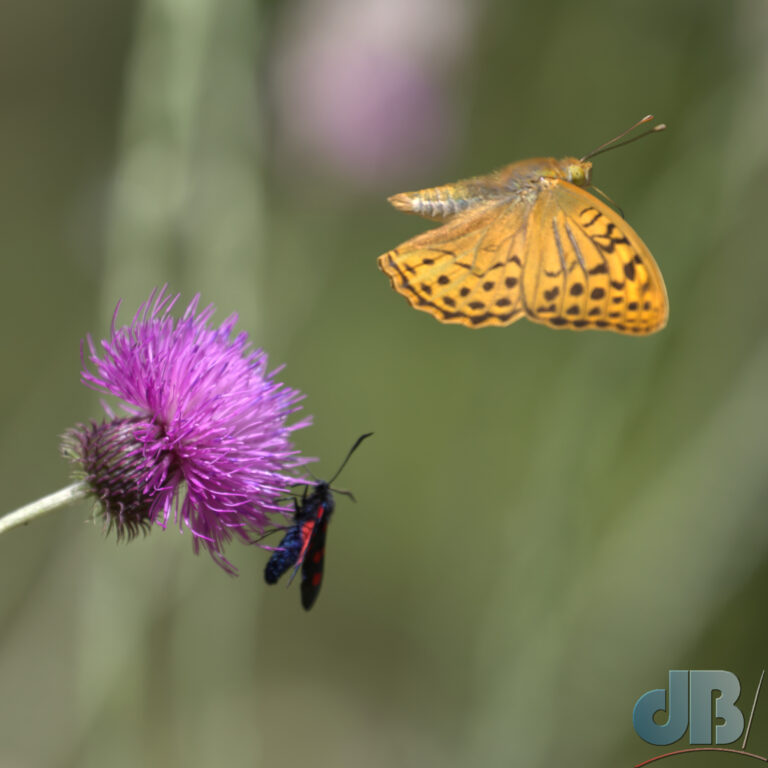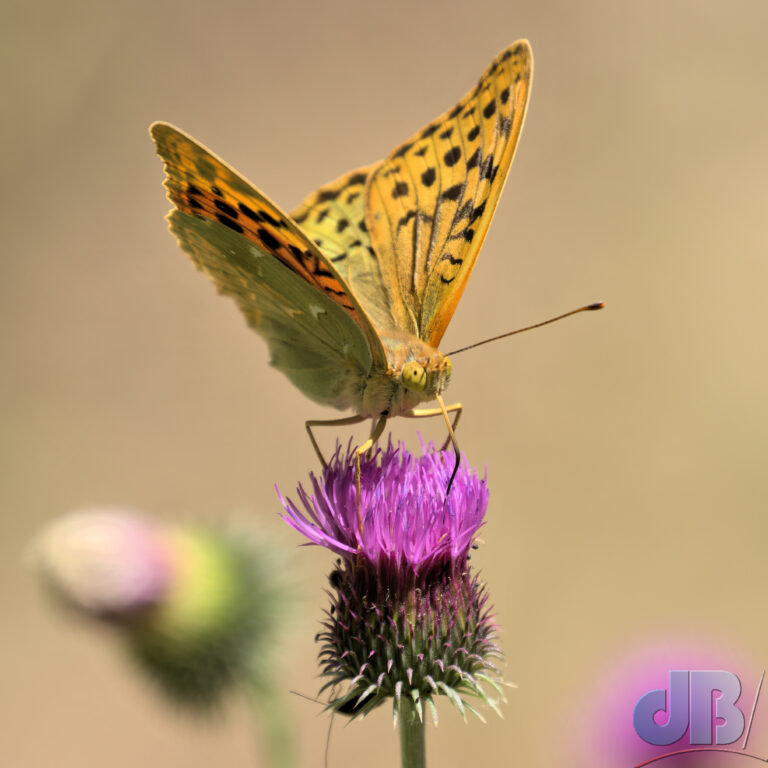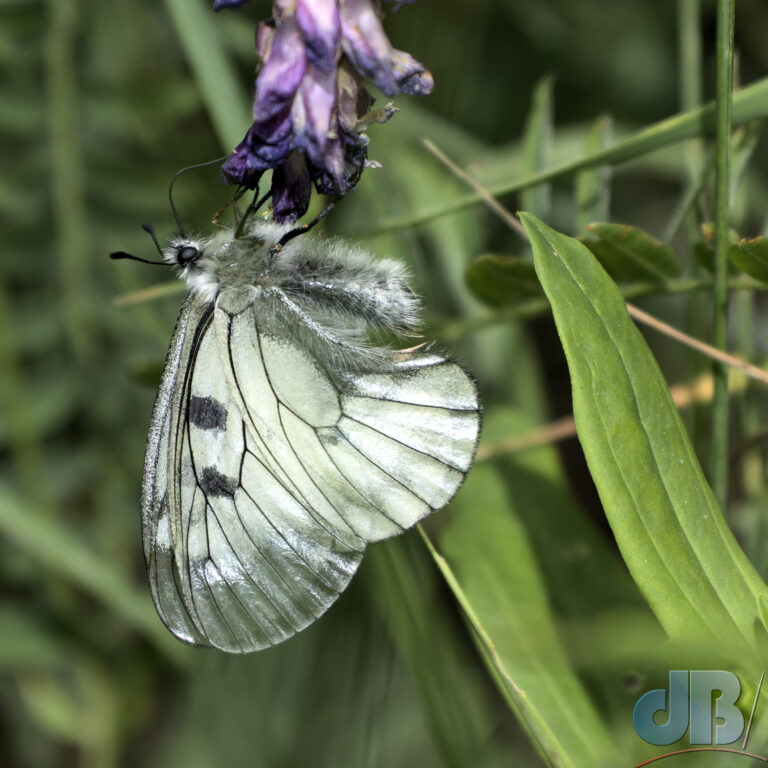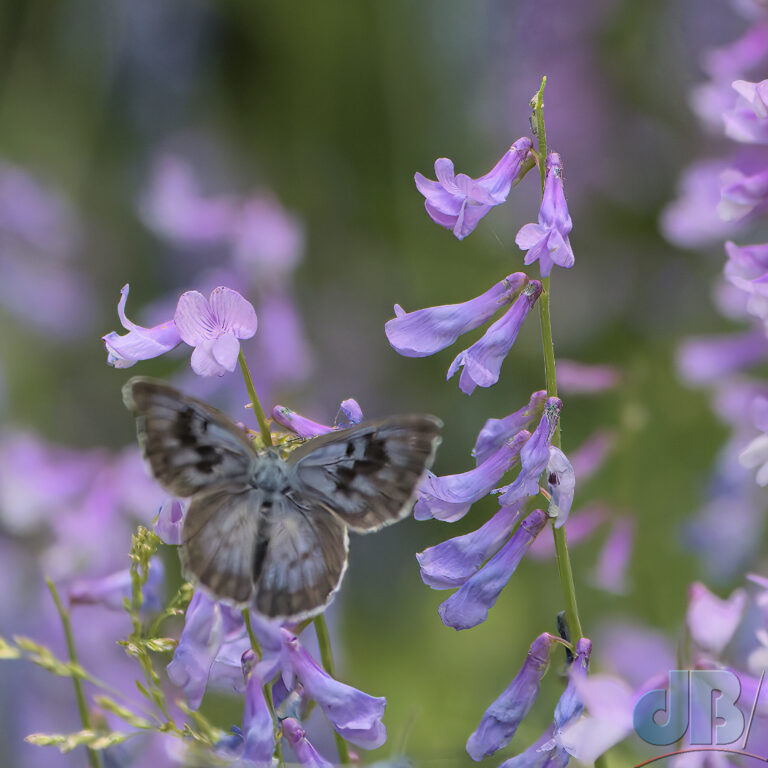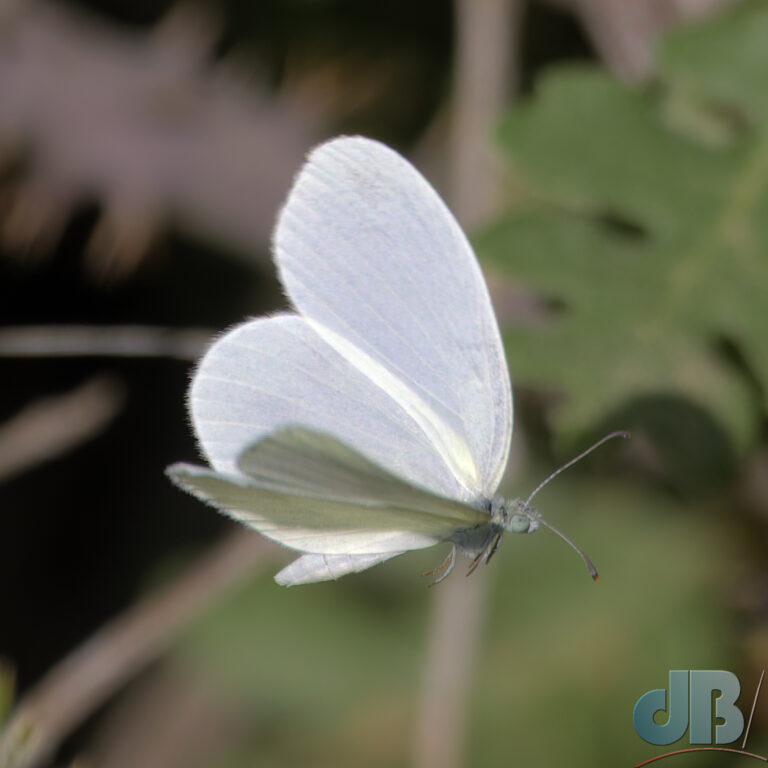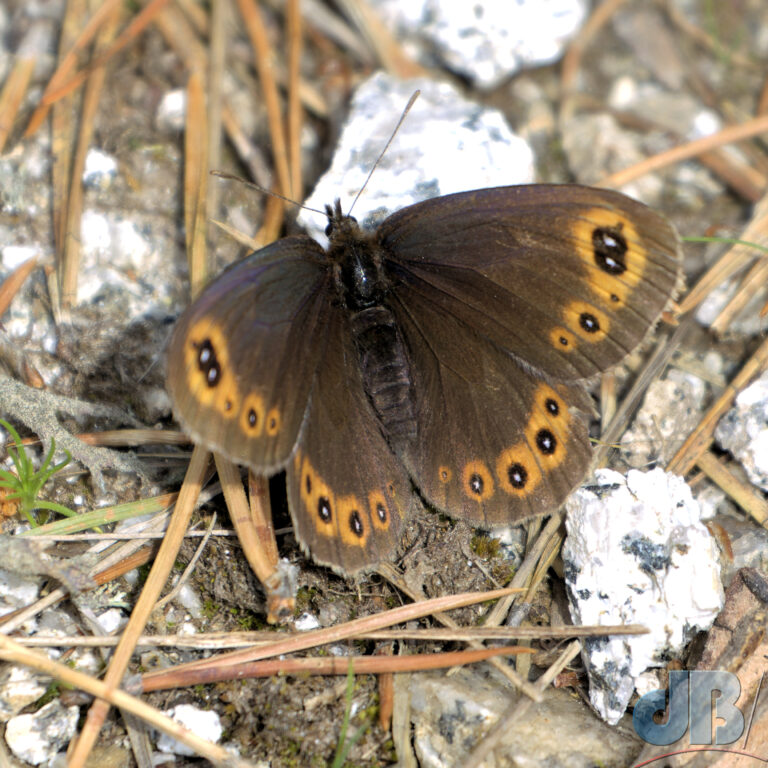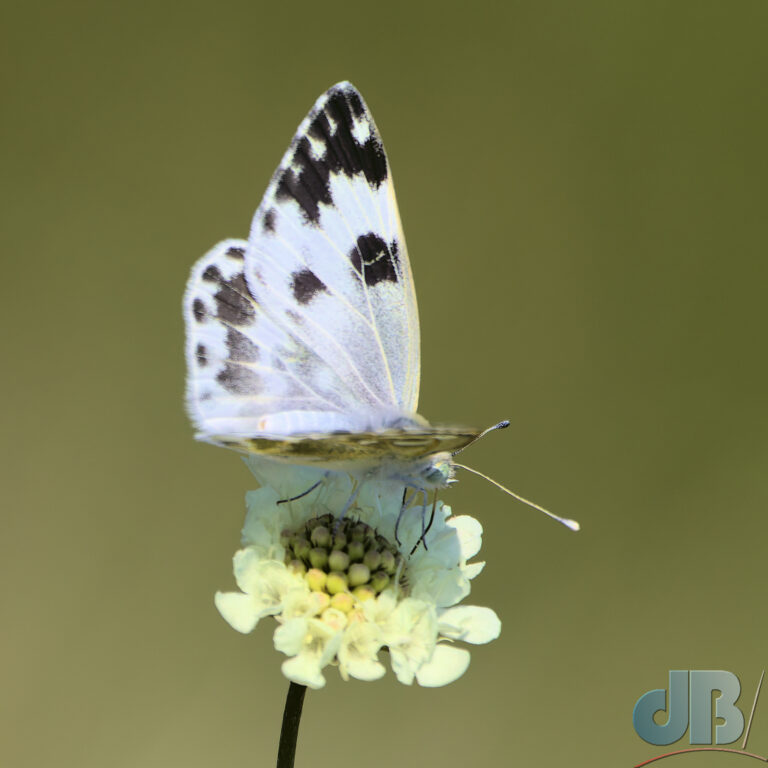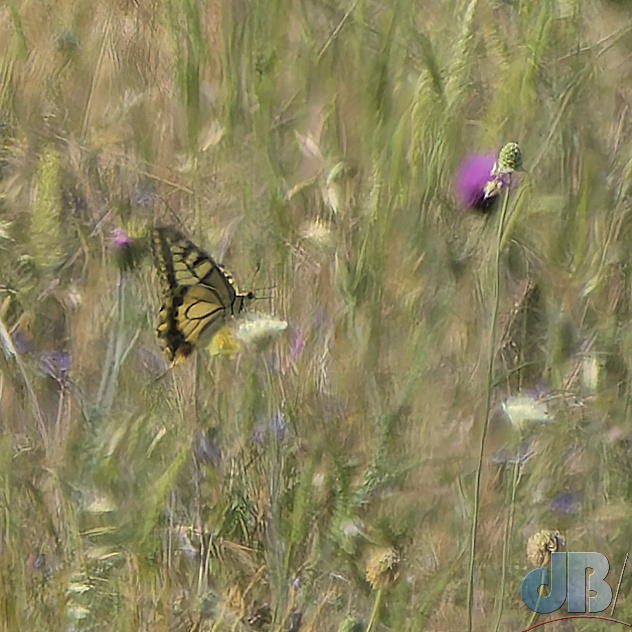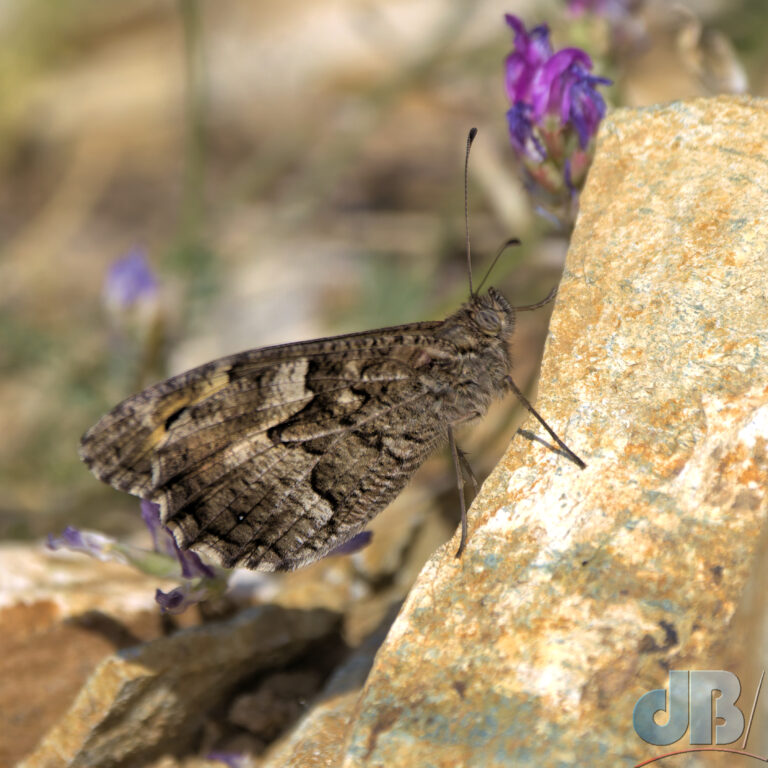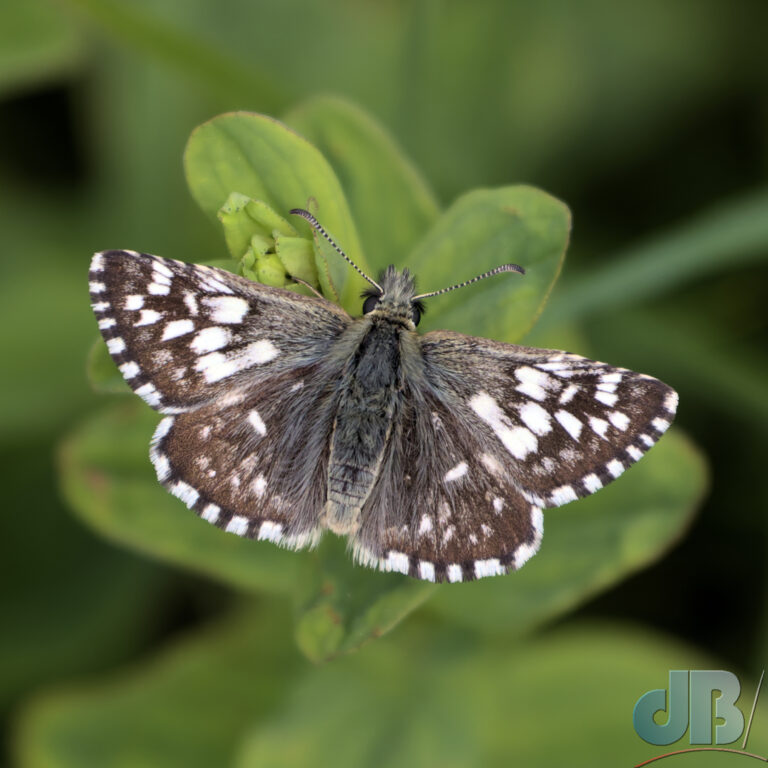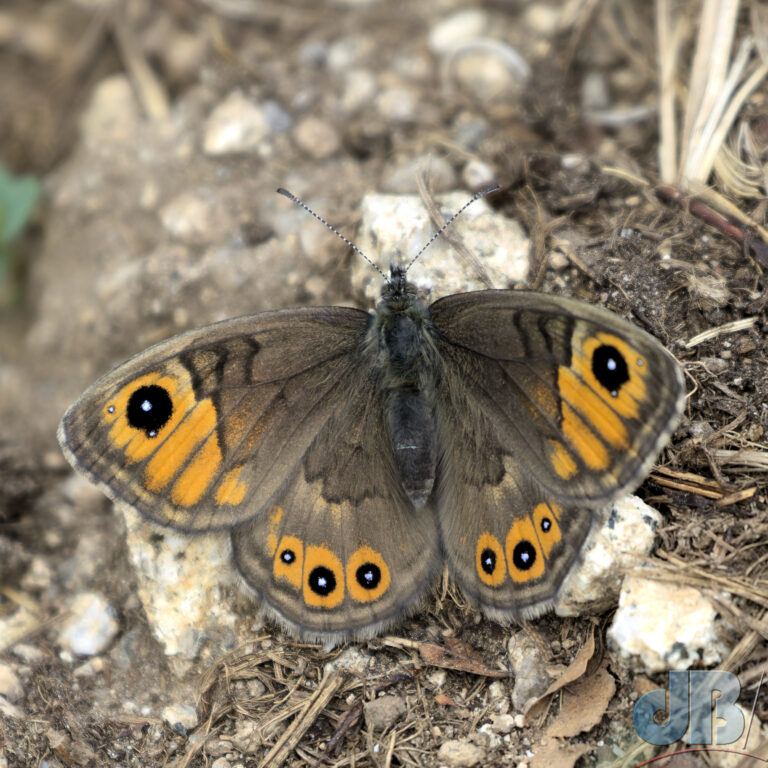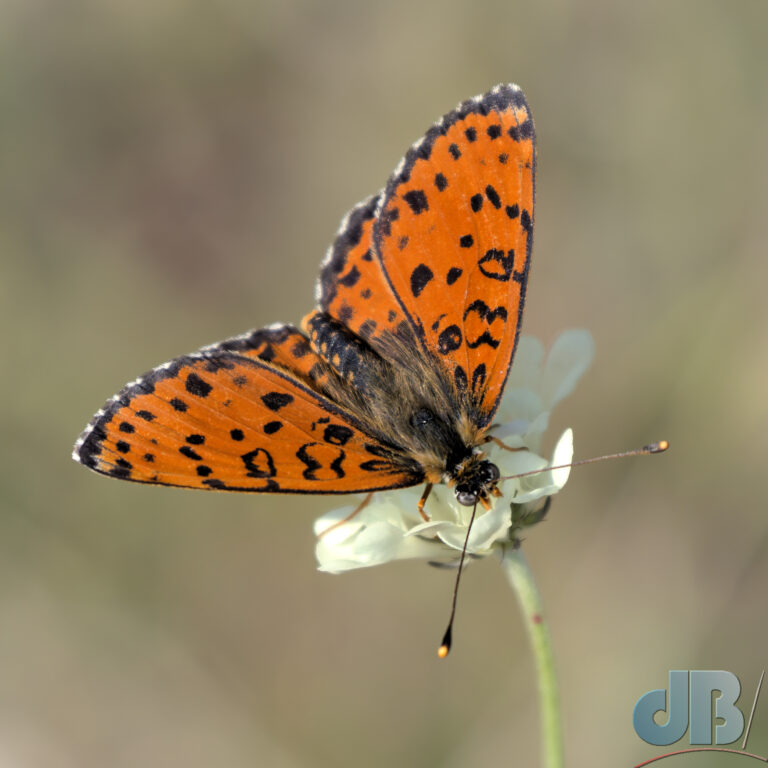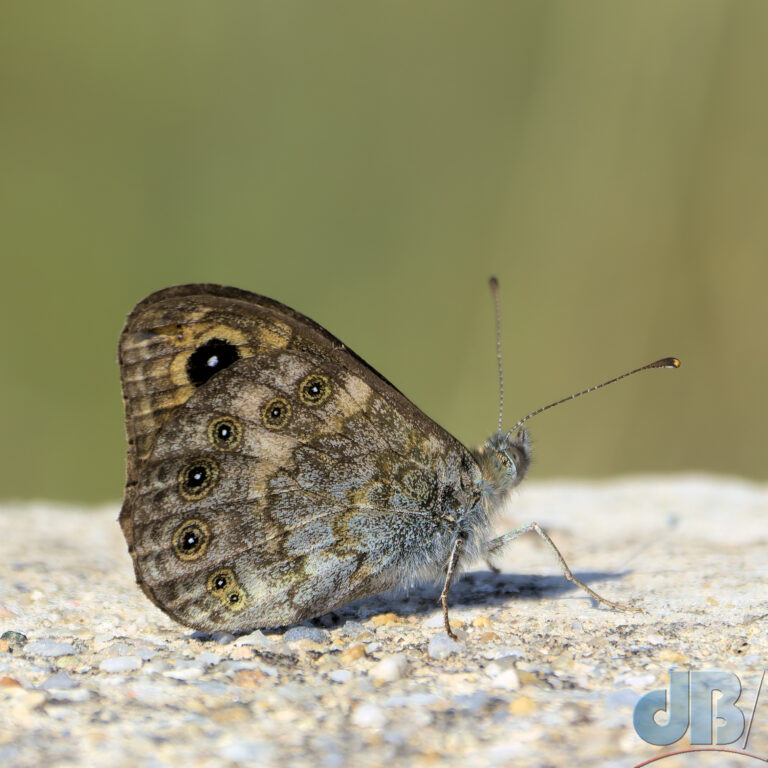We spent a week in a lovely little cottage in Blakeney on the North Norfolk coast in August 2024. Did a lot of walking, eating & drinking, and a bit of birding. Also took a couple of boat trips out to see the seals on Blakeney Point, a spit created by longshore drift depositing shingle from the east just off this part of the coast. Seal species there: Common, or Harbour, Seal (Phoca vitulina) – the ones with the cat-like, cutesy faces and Grey, or Atlantic, Seal (Halichoerus grypus) – the ones with the more brutish dog-looking heads.
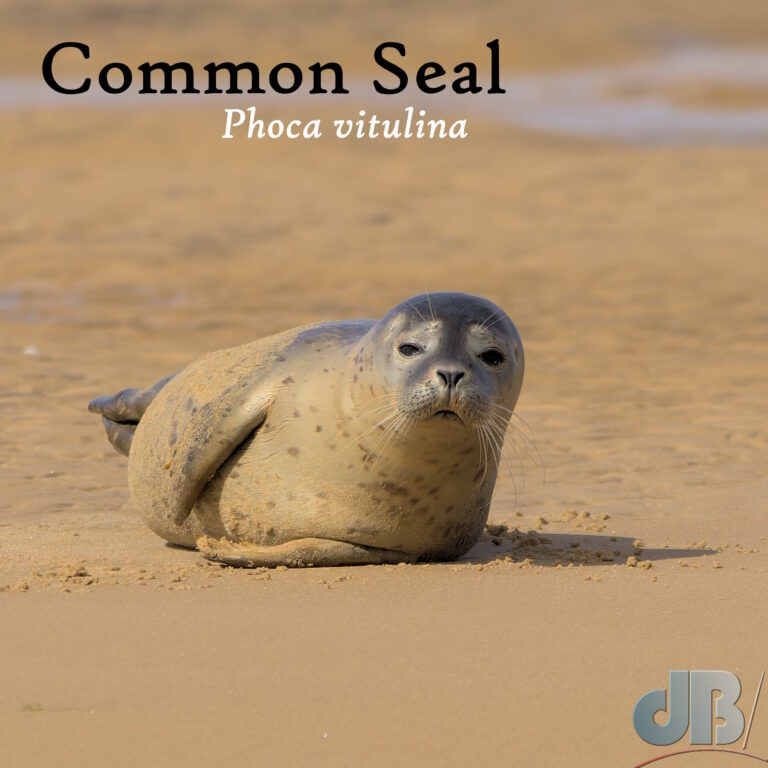
I also took a portable Heath moth trap with a 15-Watt actinic tube and did a spot of mothing each evening from dusk till dawn. The cottage garden was largely paved, walled on three sides and with limited flowering plants in it or neighbouring gardens. the garden looked out over the turfed beer garden of Blakeney Harbour Room. I recorded 400+ moths of 82 species. Six of those species I had not recorded at home in Cambridgeshire:
Black Arches
Magpie
Maple Prominent
Musotima nitidalis
Pale Eggar
Purple Bar
Square-spotted Clay
Tawny Barred Angle
I had previously recorded Black Arches (New Forest 2022) and Magpie (Waxham Sands, Norfolk 2019). We also think we may have seen a Speckled Yellow on the coastal path between Morston and Stiffkey. However, this is way out of its normal flight season and also far from its known Breckland home, so seems very unlikely. That said, I cannot find another yellow moth with black specks that it could have been…
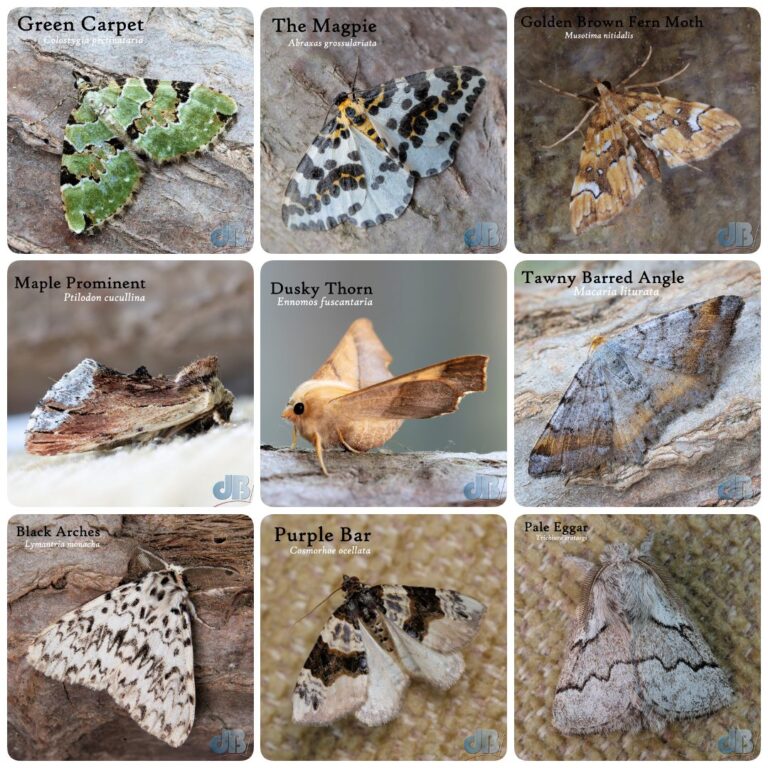
Here’s the full list of moth species from the cottage garden:
Agriphila geniculea, Agriphila straminella, Black Arches, Blood-vein, Box-tree Moth, Brimstone, Brown House Moth, Bryotropha basaltinella, Cabbage Moth, Canary-shouldered Thorn, Carcina quercana, Chequered Fruit-tree Tortrix, Chinese Character, Chrystoteucha culmella, Common Carpet, Common Footman, Common Plume, Common Pug, Common Wainscot, Copper Underwing, Coronet, Dagger agg, Dark Arches, Dingy Footman, Double-striped Pug, Dusky Thorn, Dwarf Cream Wave, Eudonia sp., Flame Shoulder, Flounced Rustic, Garden Carpet, Garden Pebble, Garden Rose Tortix, Green Carpet, Iron Prominent, Large Yellow Underwing, Least Carpet, Light Brown Apple Moth, Lesser Broad-bordered Yellow Underwing, Lesser Yellow Underwing, Lime-speck Pug, Magpie, Maple Prominent, Marbled Beauty, Mother-of-Pearl, Mouse Moth, Musotima nitidalis, Nutmeg, Orange Swift, Pale Eggar, Pale Mottled Willow, Poplar Kitten, Purple Bar, Pyrausta aurata, Riband Wave, Ringed China-mark, Rustic agg, Setaceous Hebrew Character, Silver Y, Single-dotted Wave, Small Dusty Wave, Spectacle, Square-spot Rustic, Square-spotted Clay, Shuttle-shaped Dart, Straw Dot, Straw Underwing, Swallow Prominent, Tawny Barred Angle, Tawny Speckled Pug, Tree Lichen Beauty, Turnip, Udea lutealis, Vapourer, Vine’s Rustic, Wax Moth, White point, White-shouldered House Moth, Willow Beauty, Yellow Barred Brindle, Yellow Shell, Yponomeuta sp.
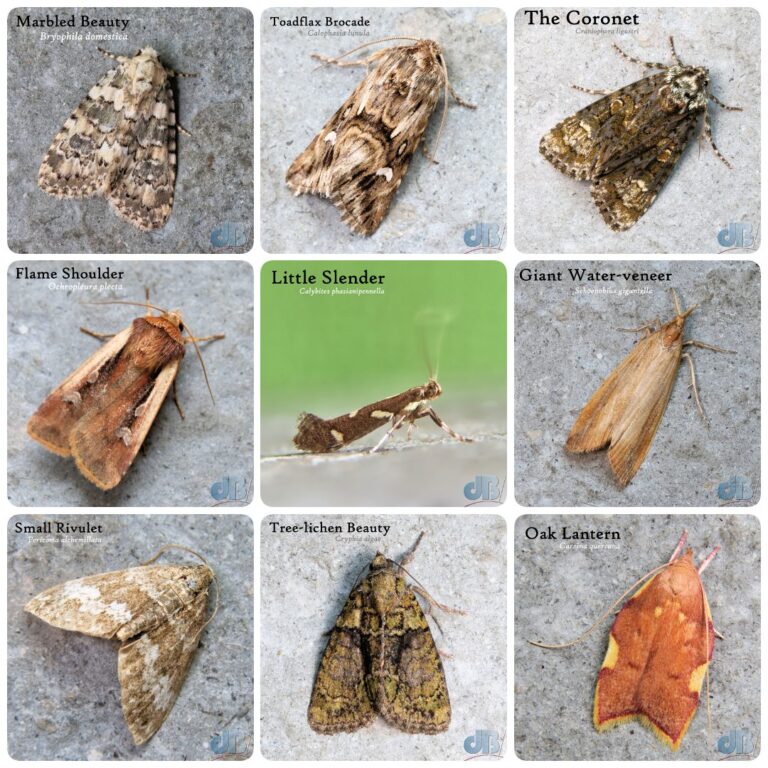
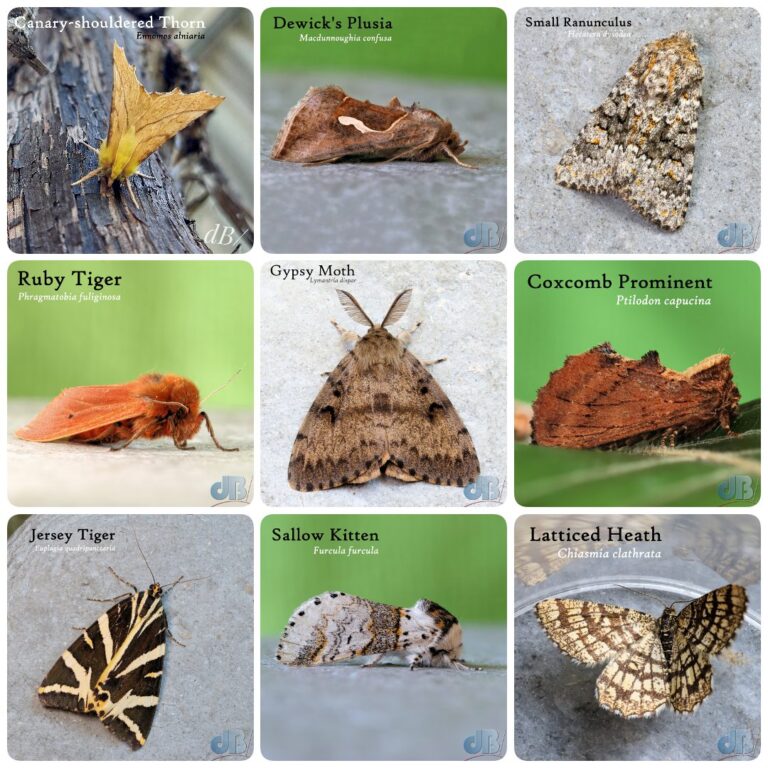
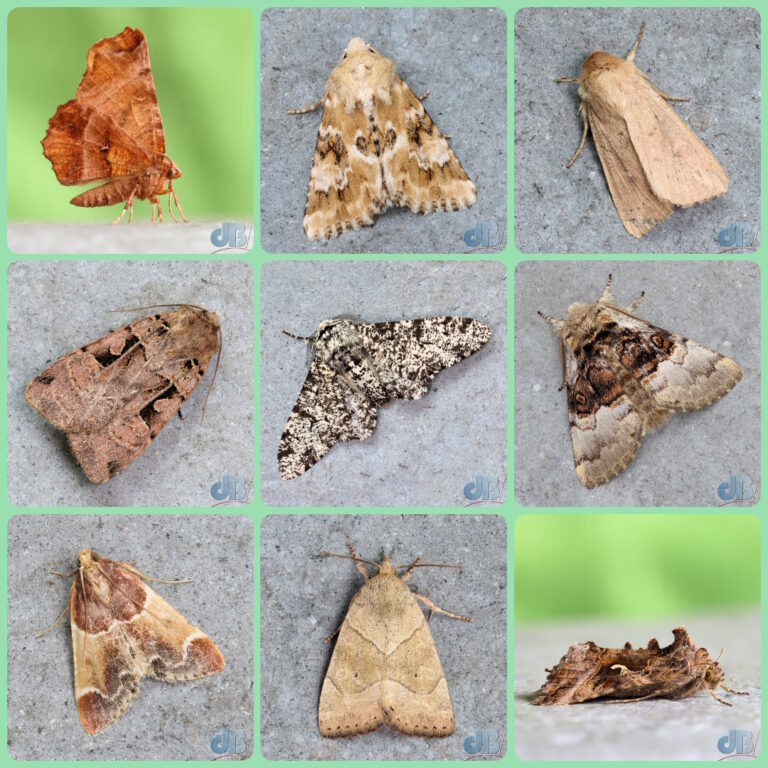
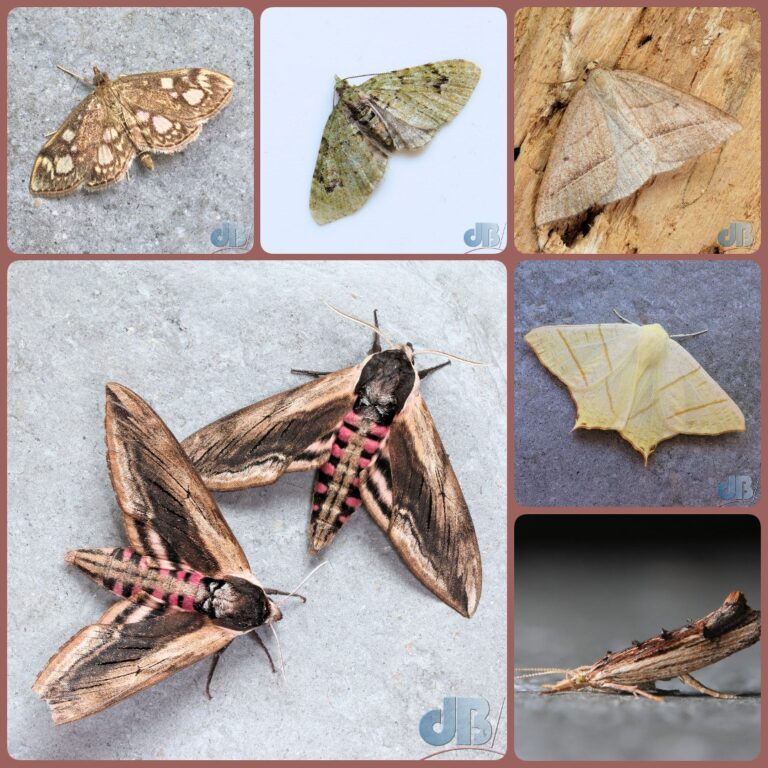
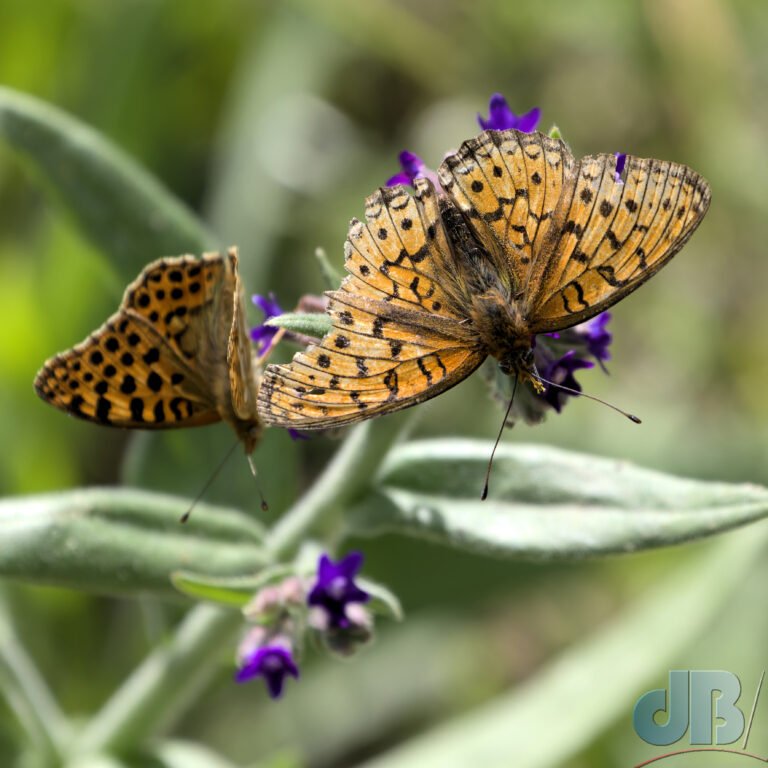
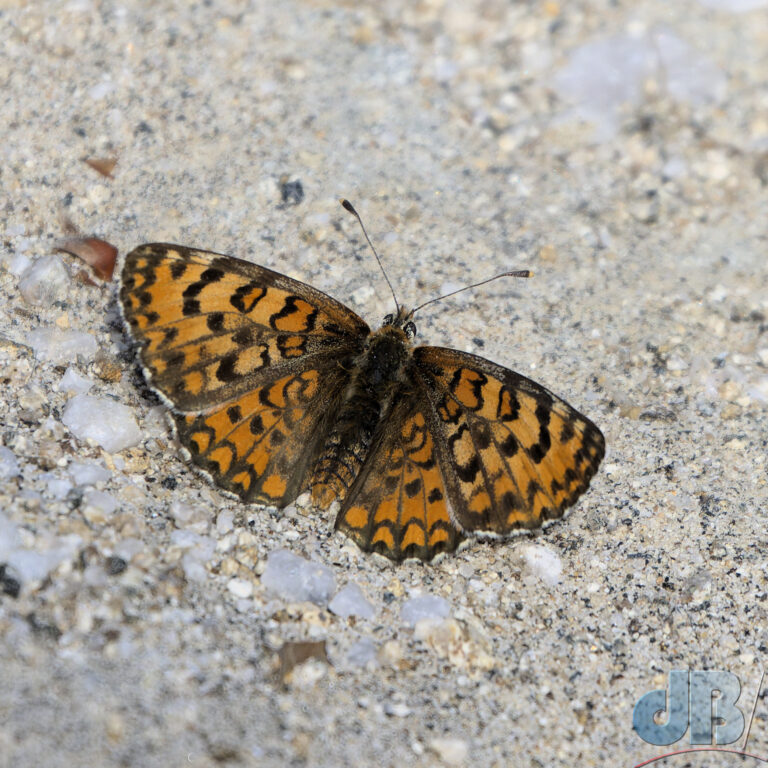
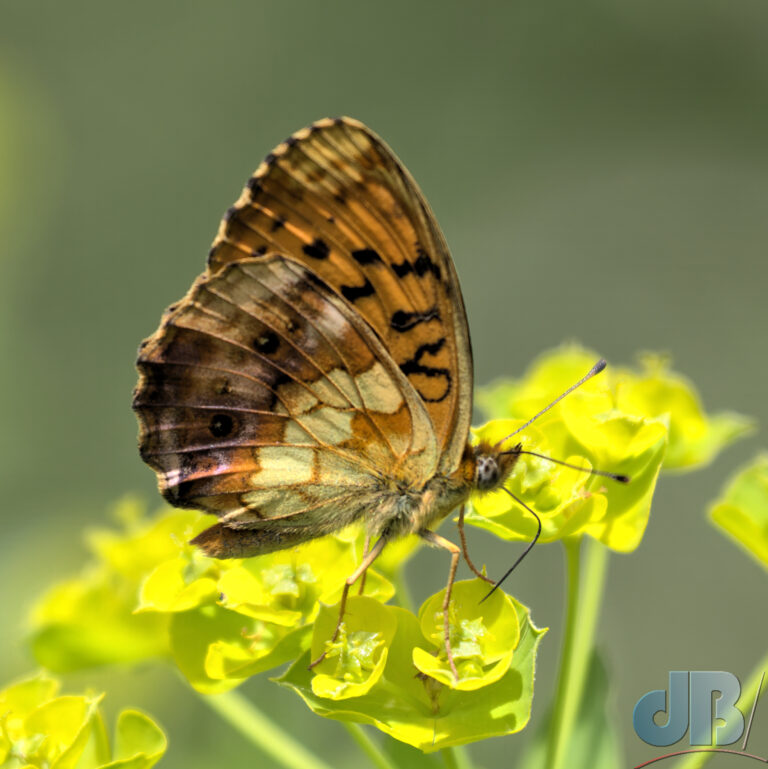
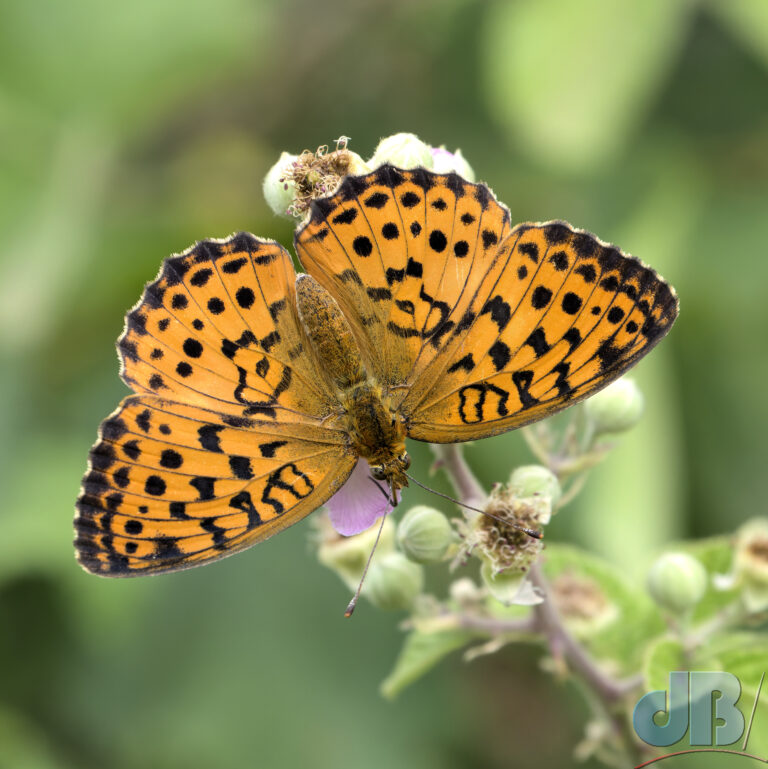
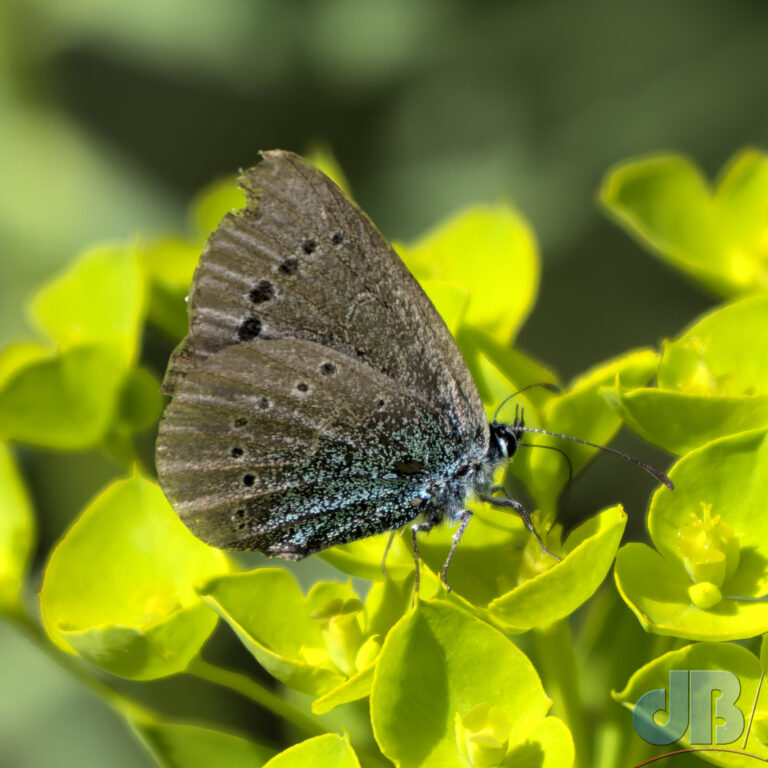
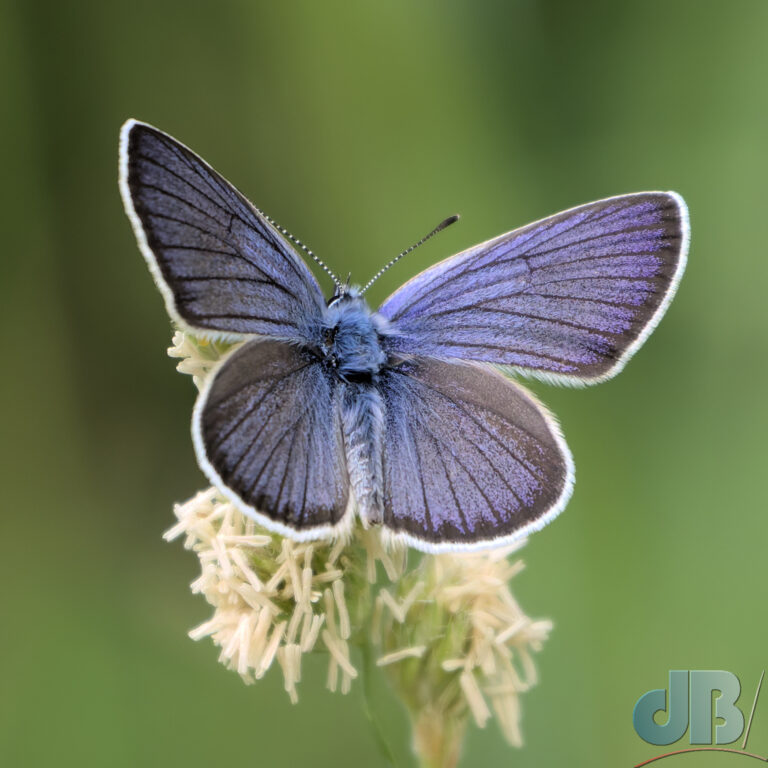
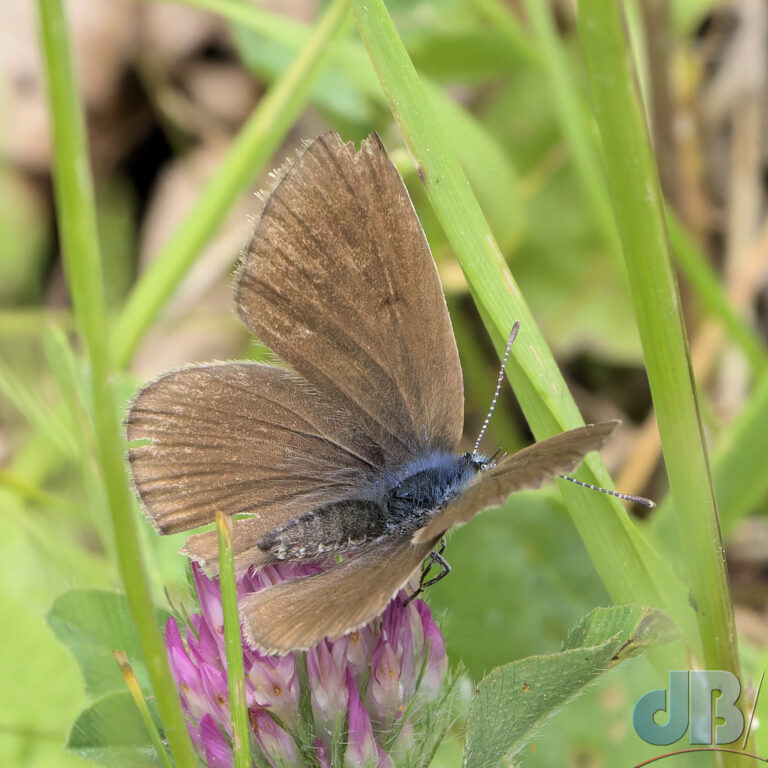
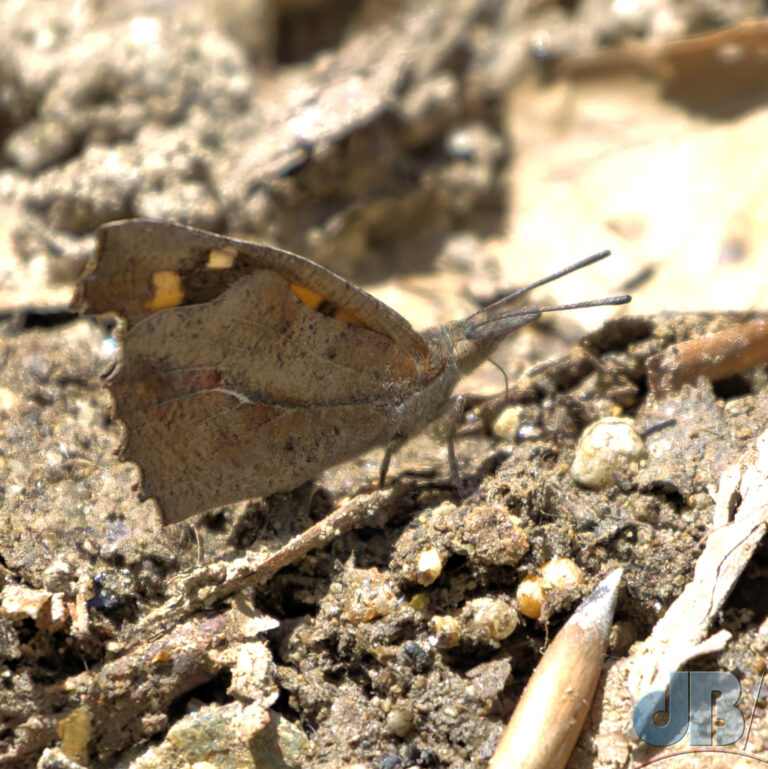
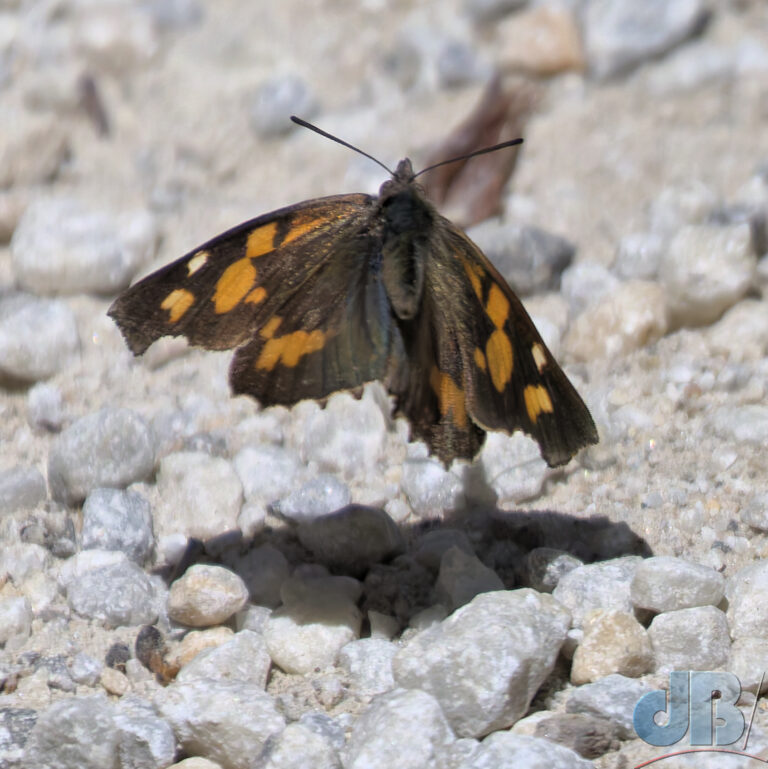
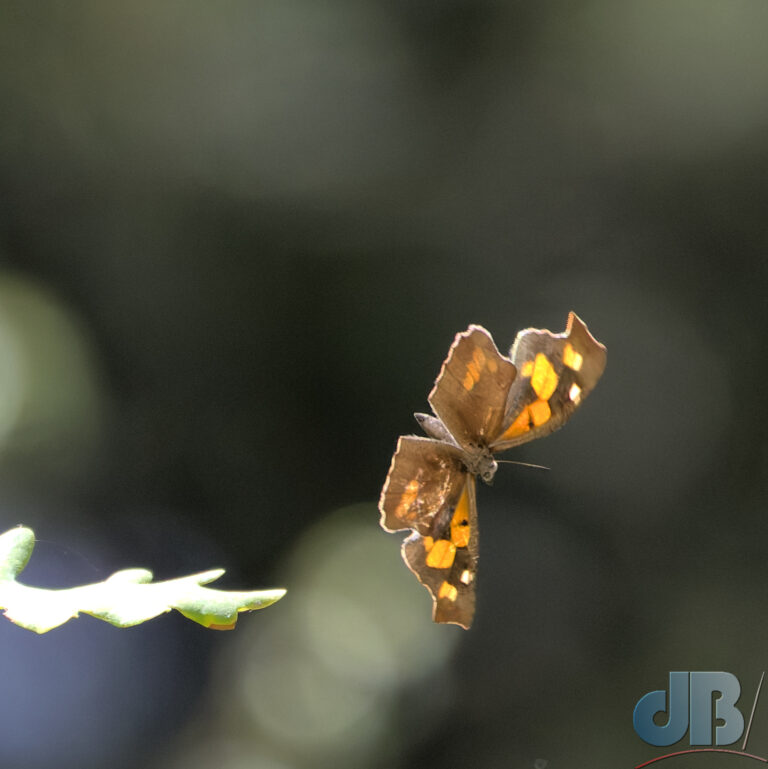
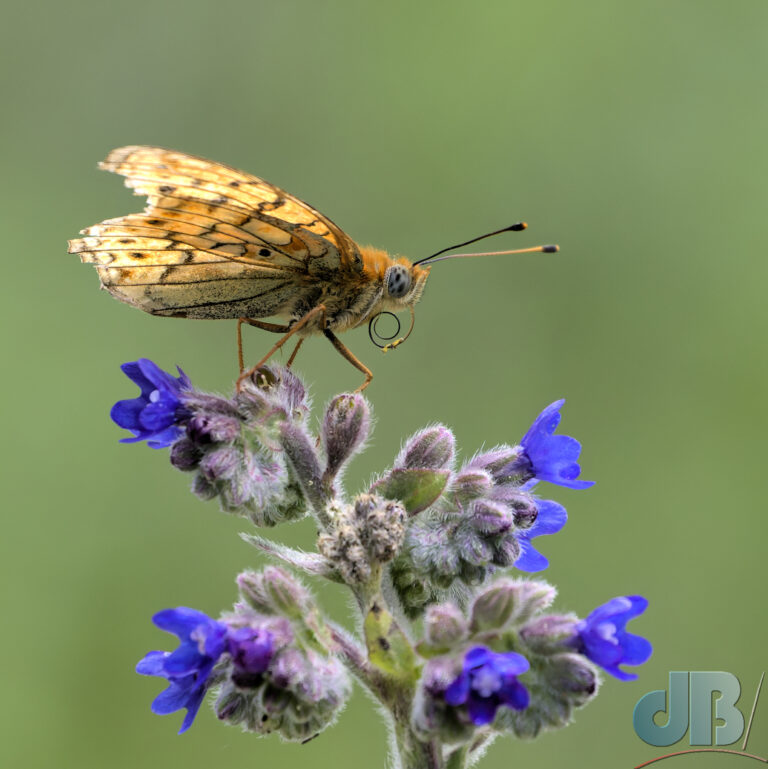
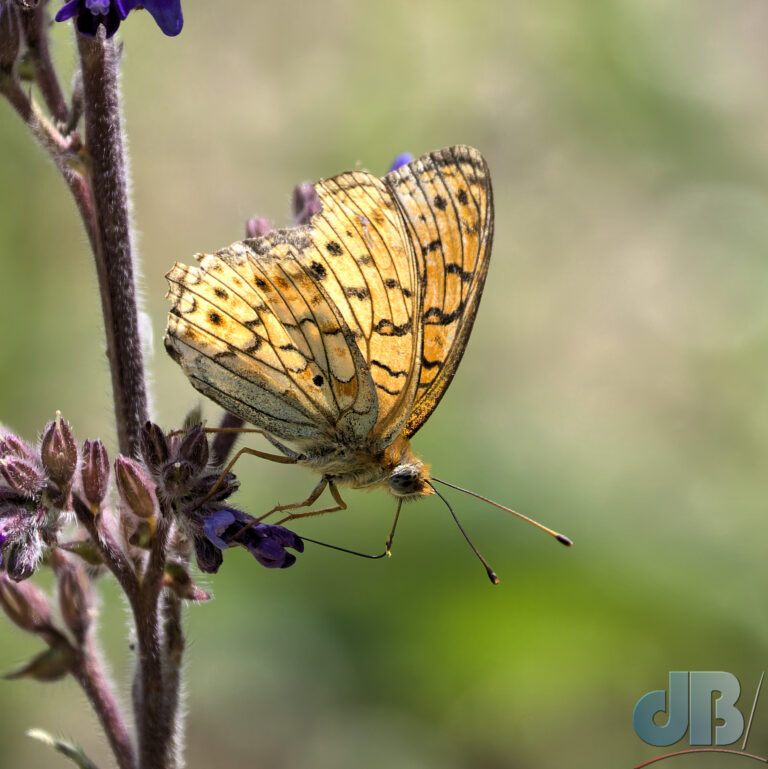
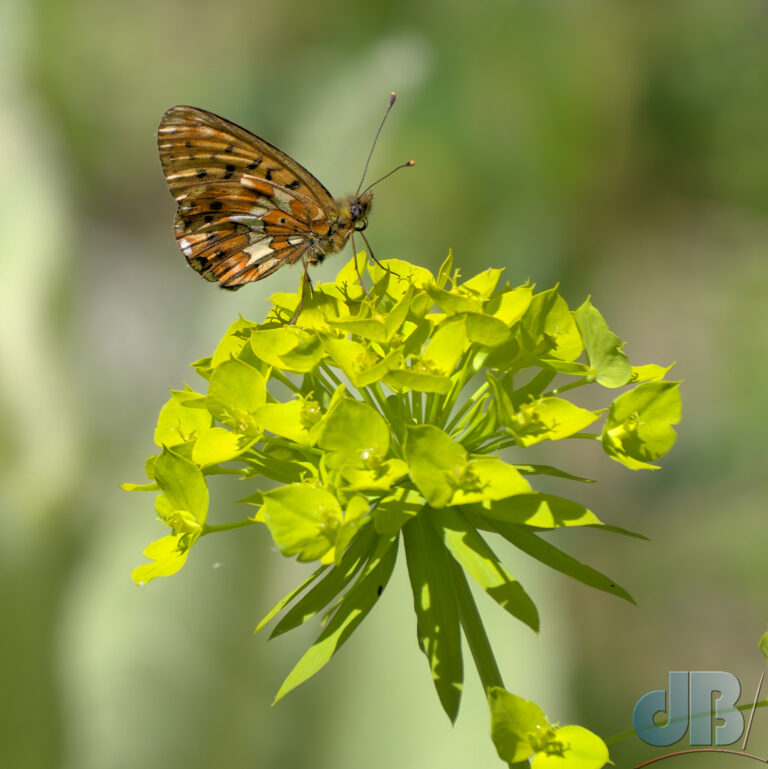
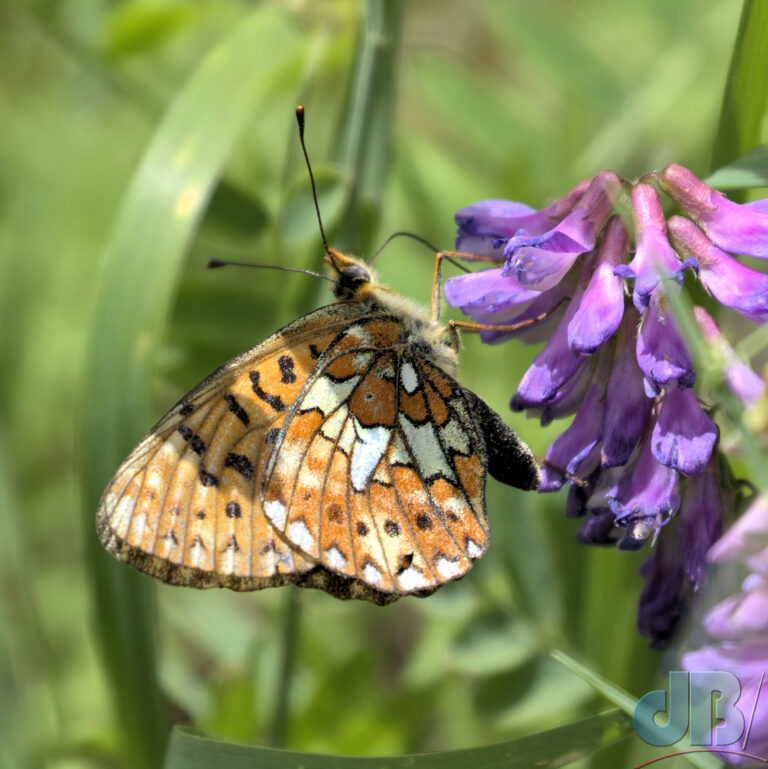
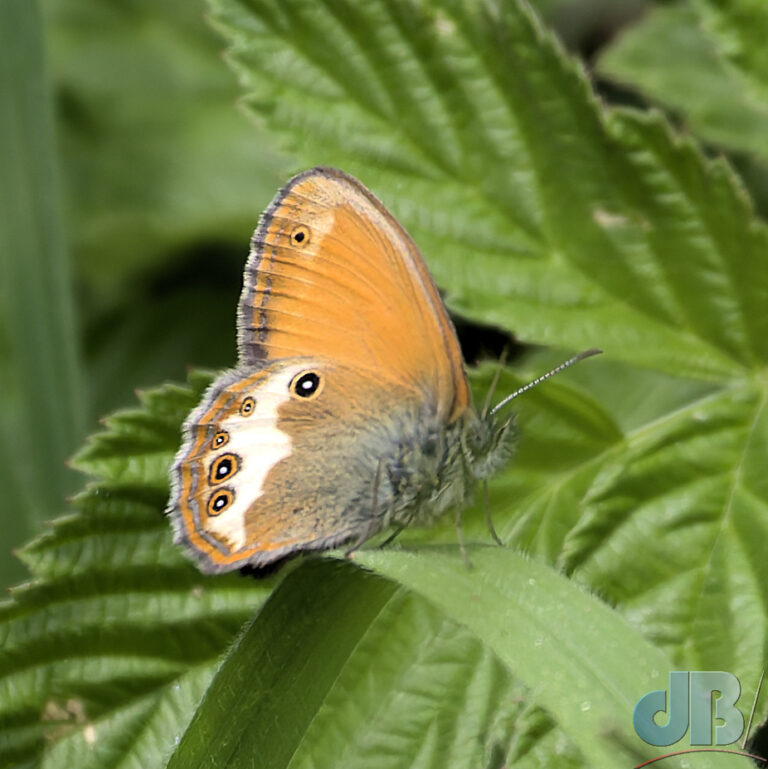
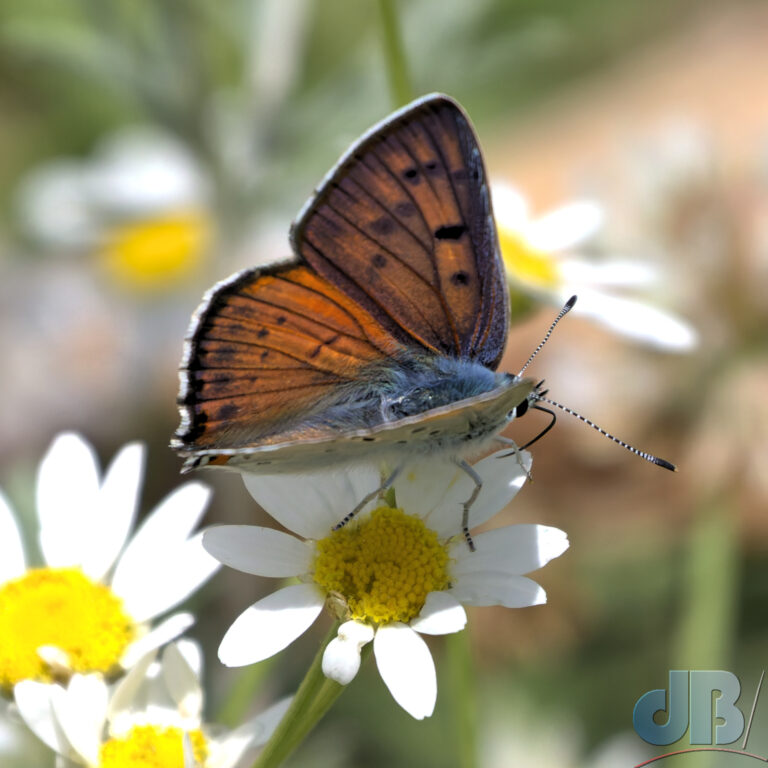
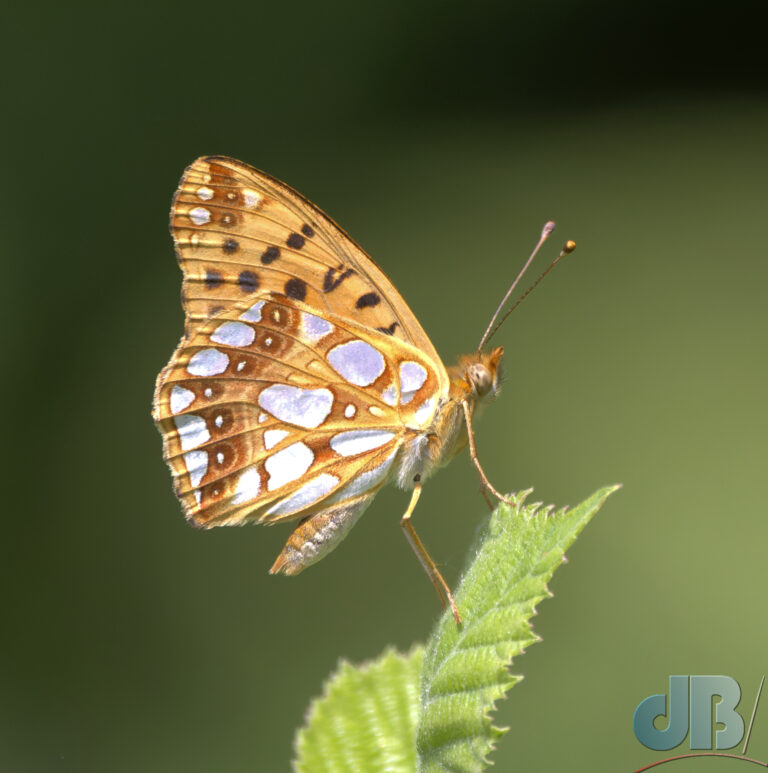

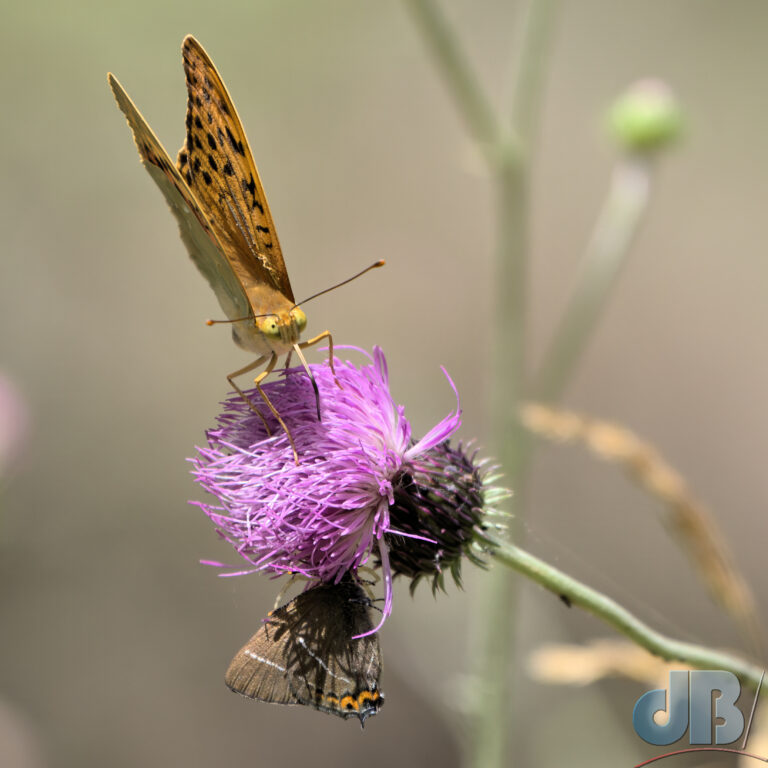
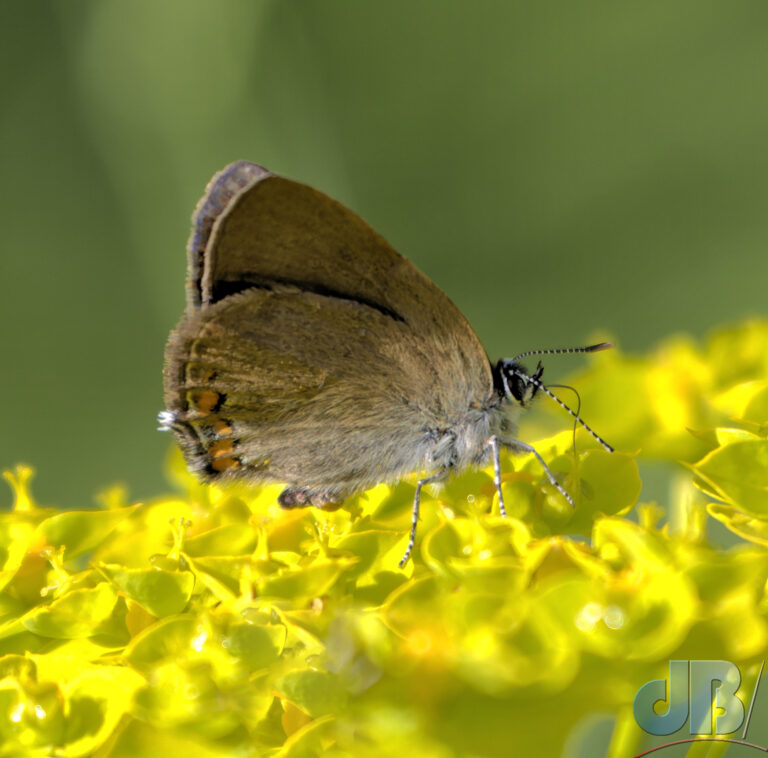
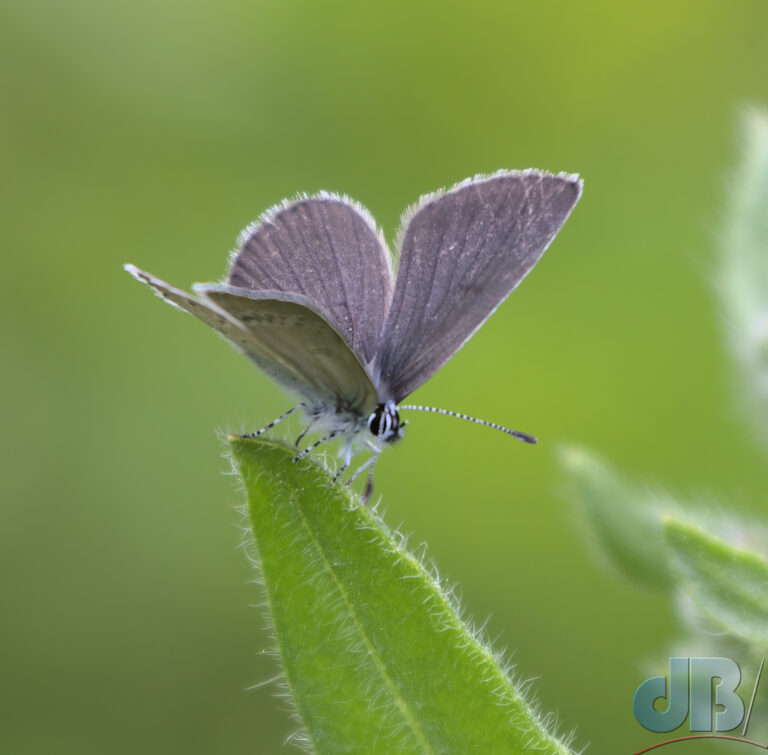

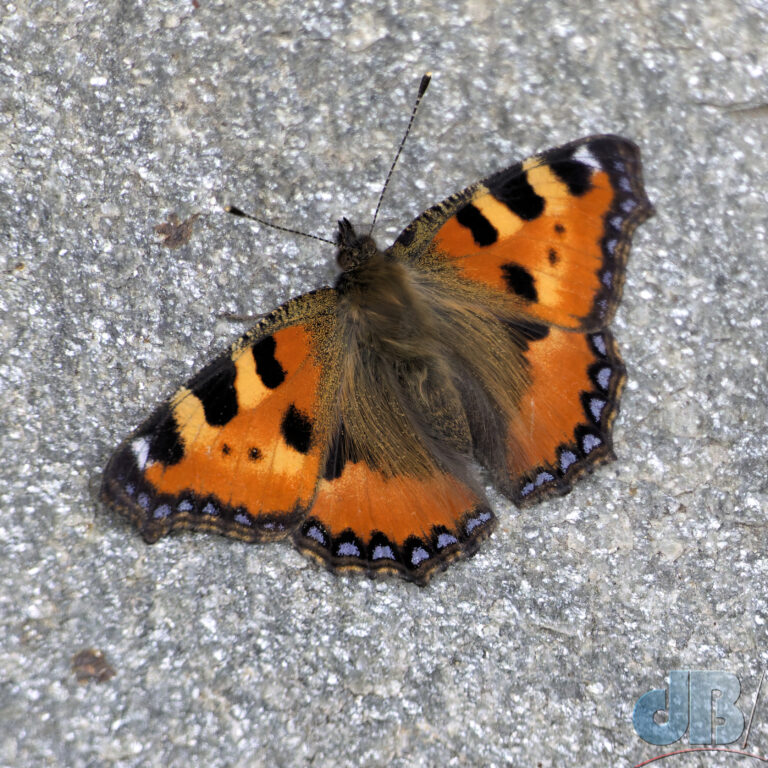
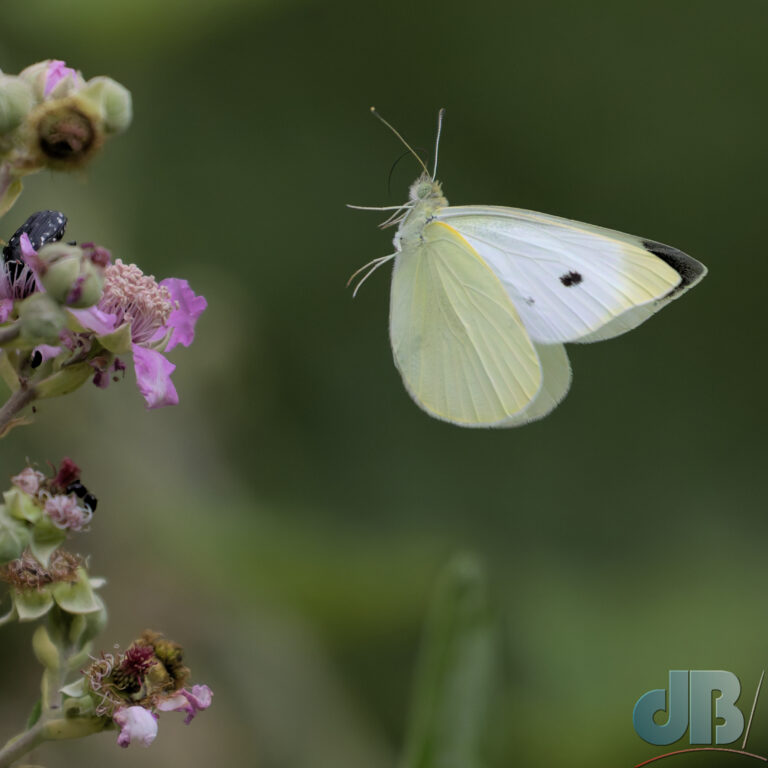
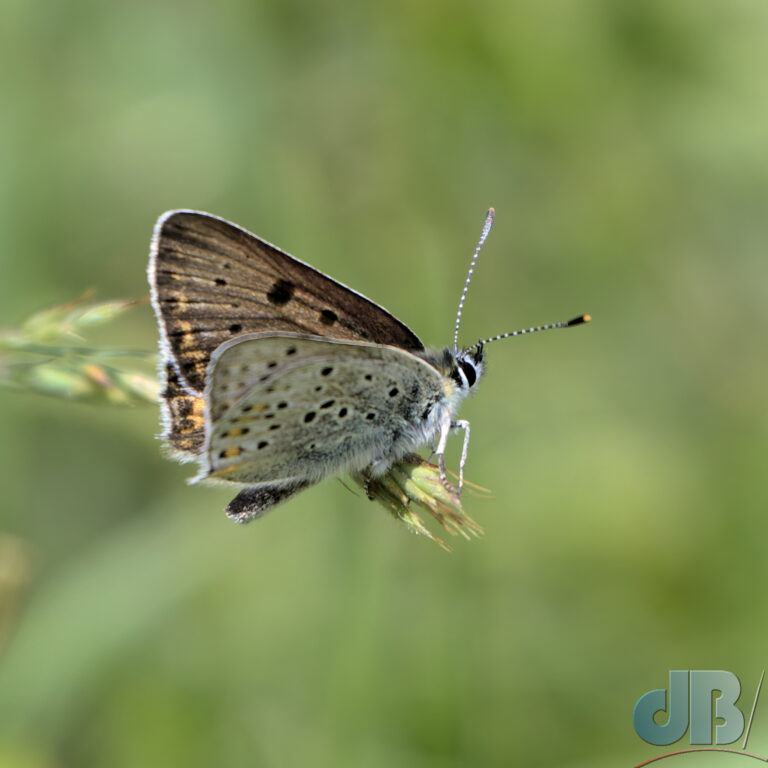
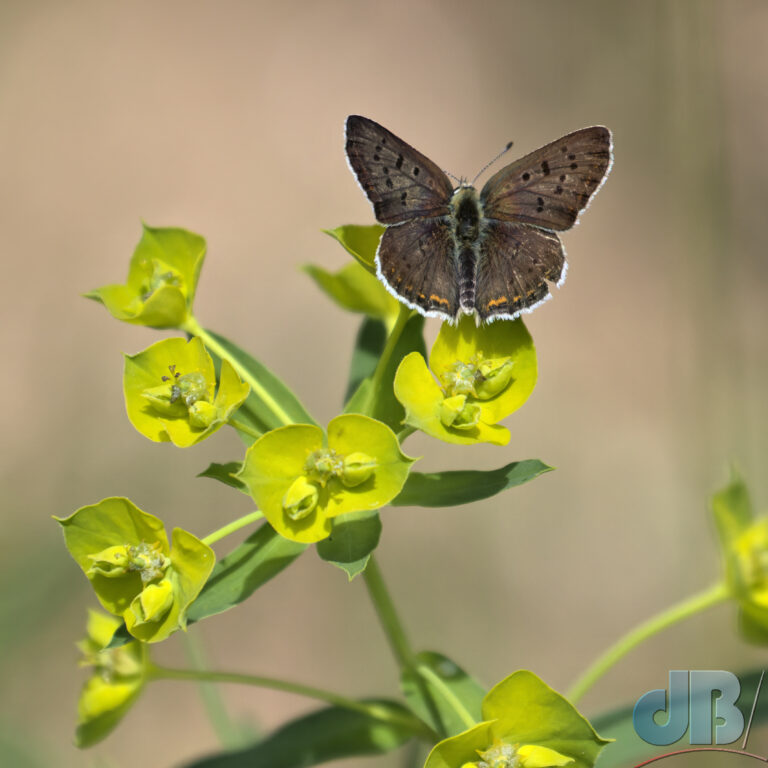
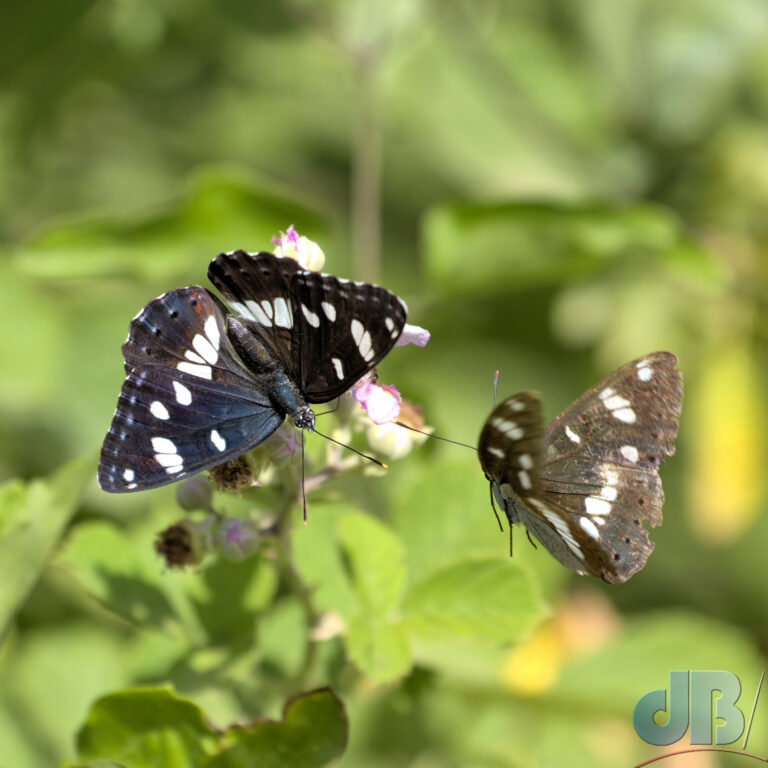
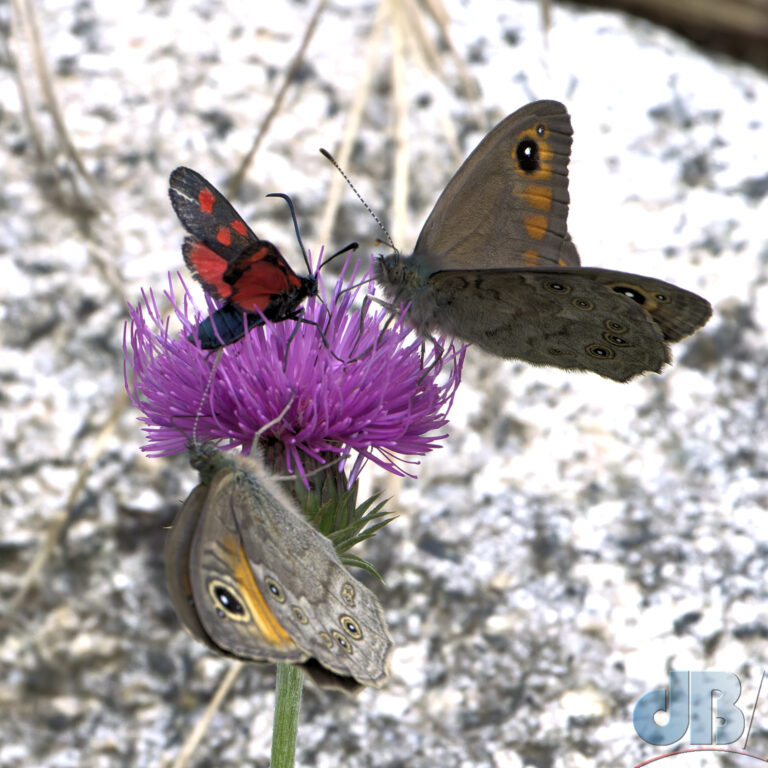

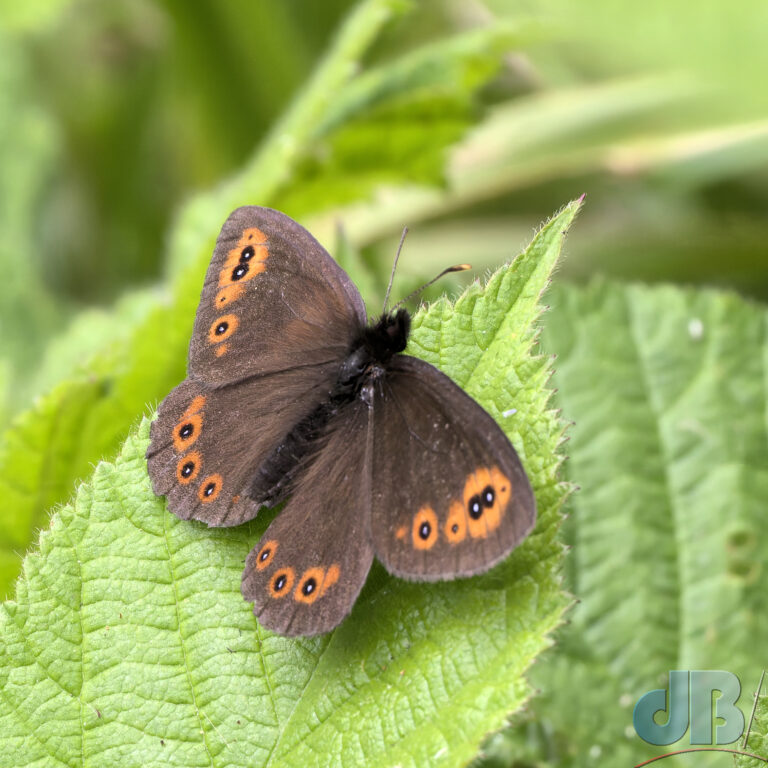
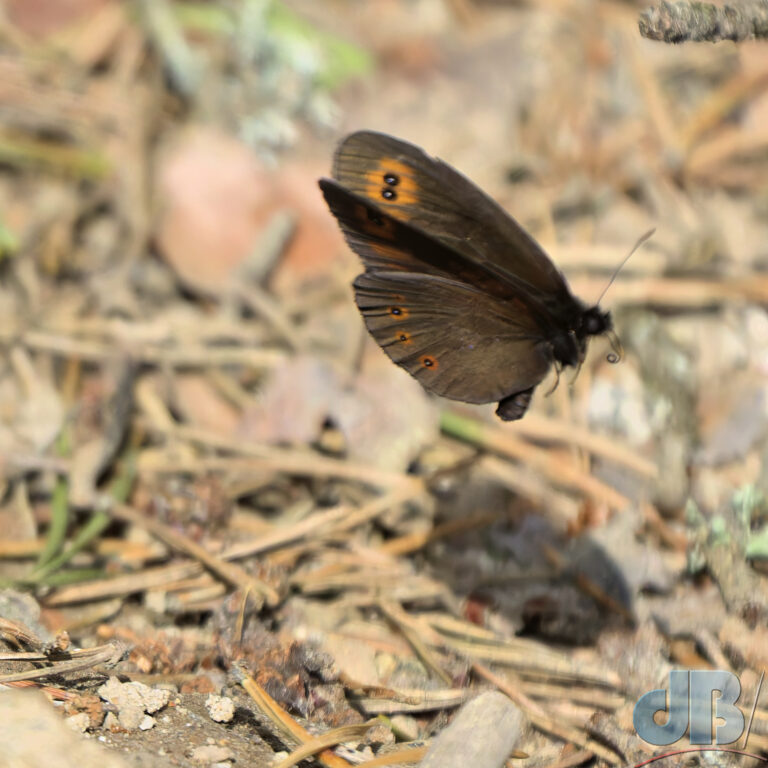
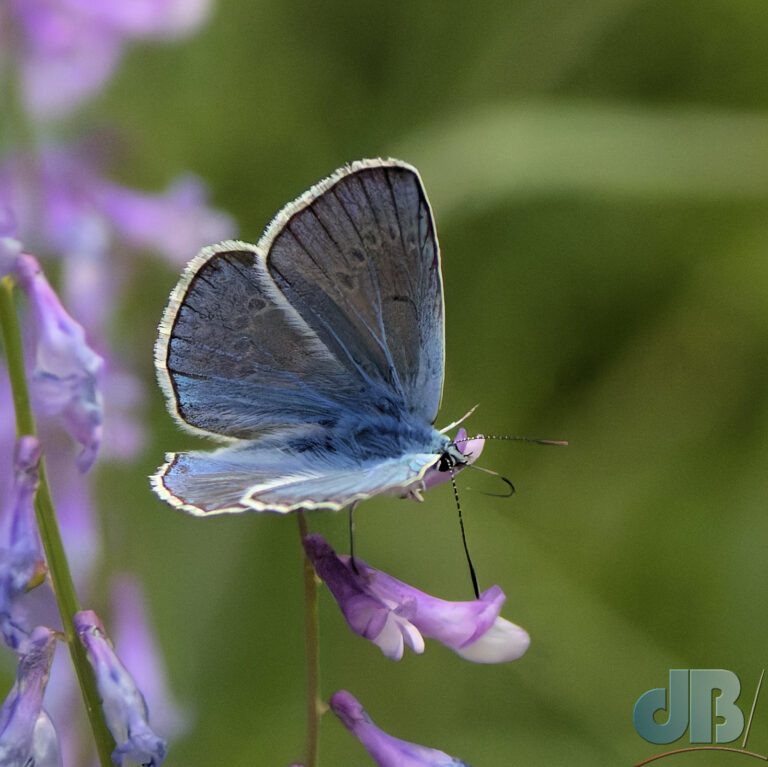
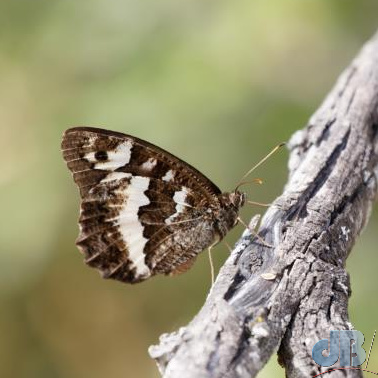
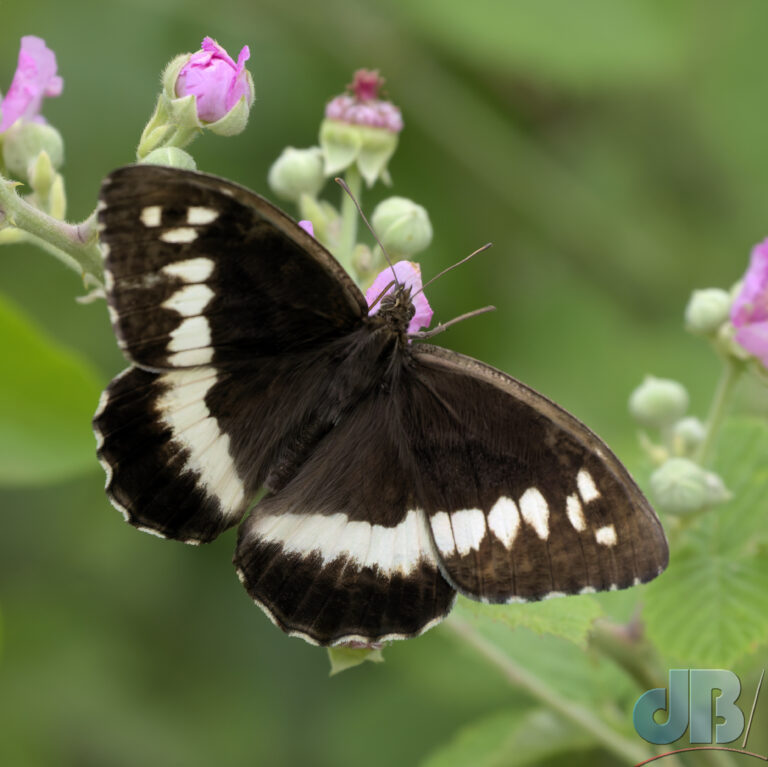
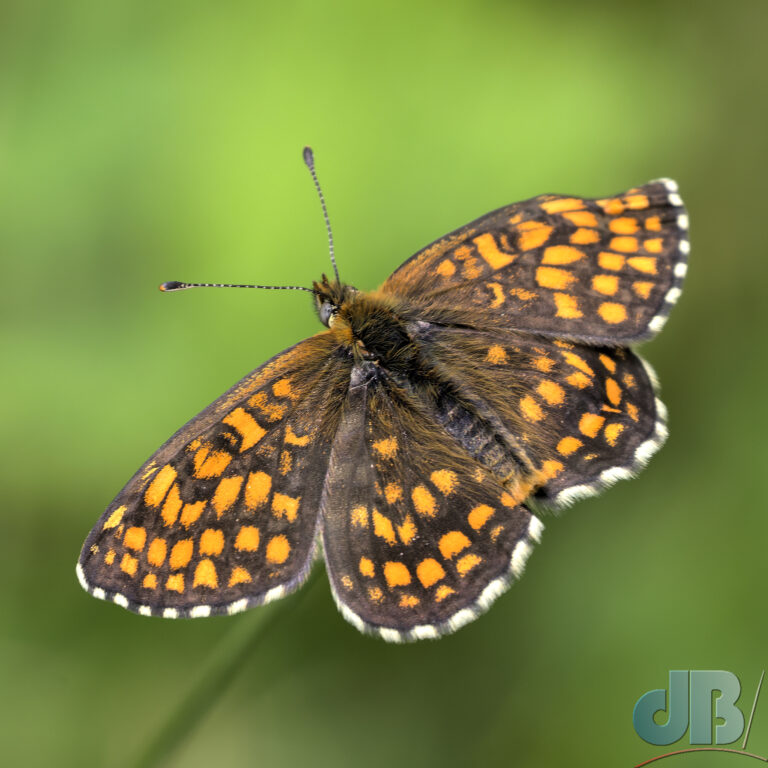
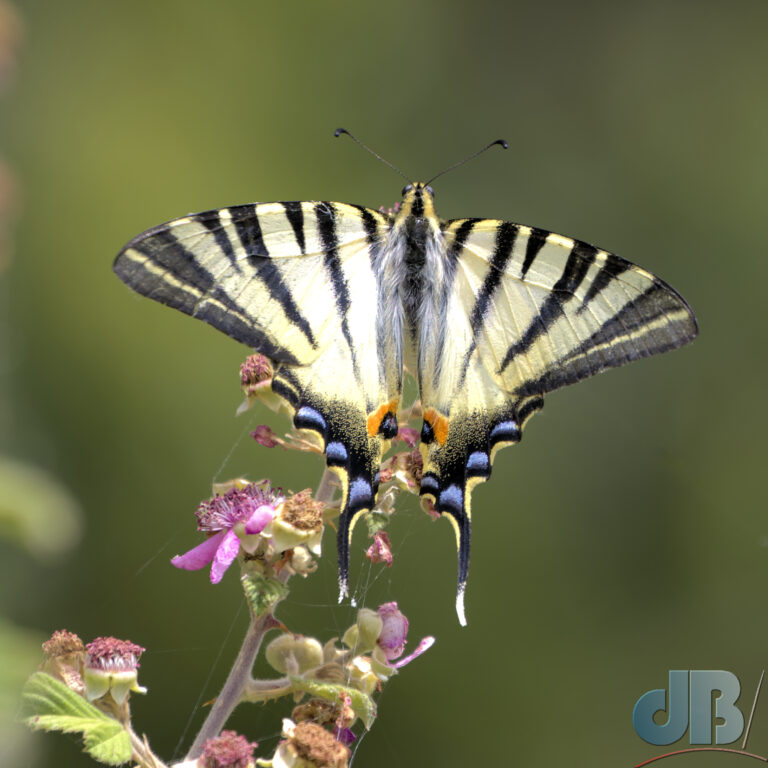
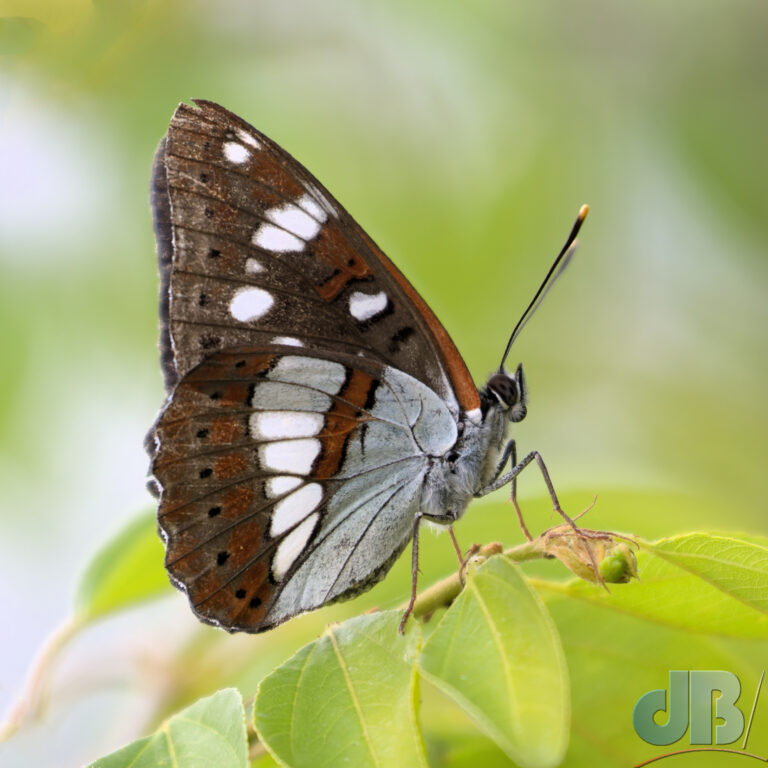

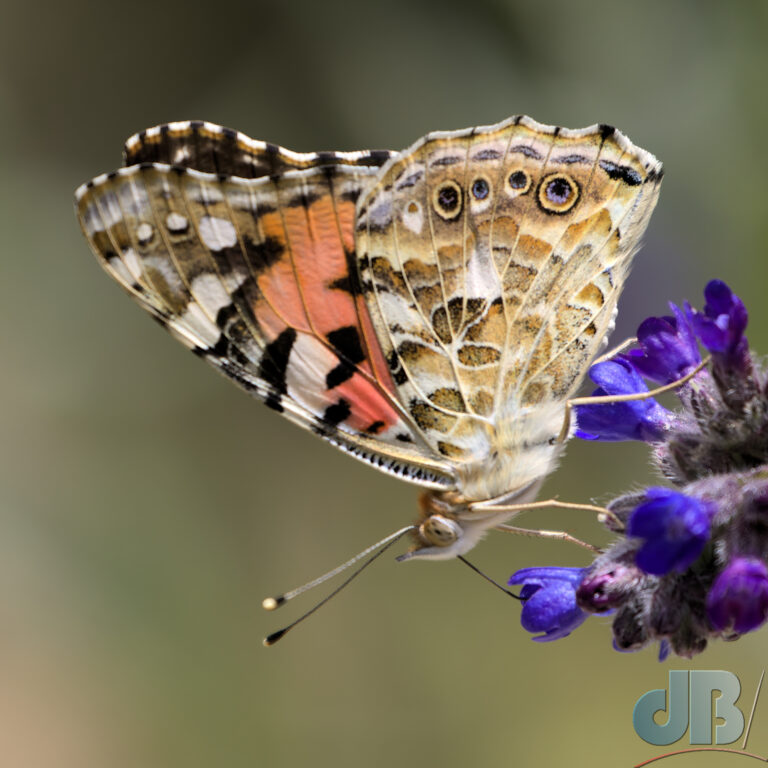
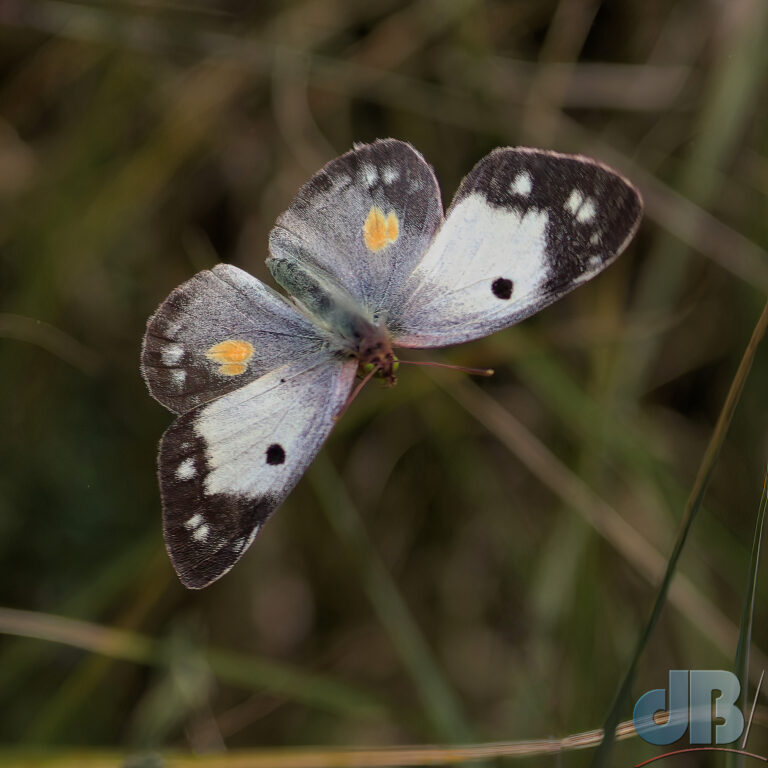
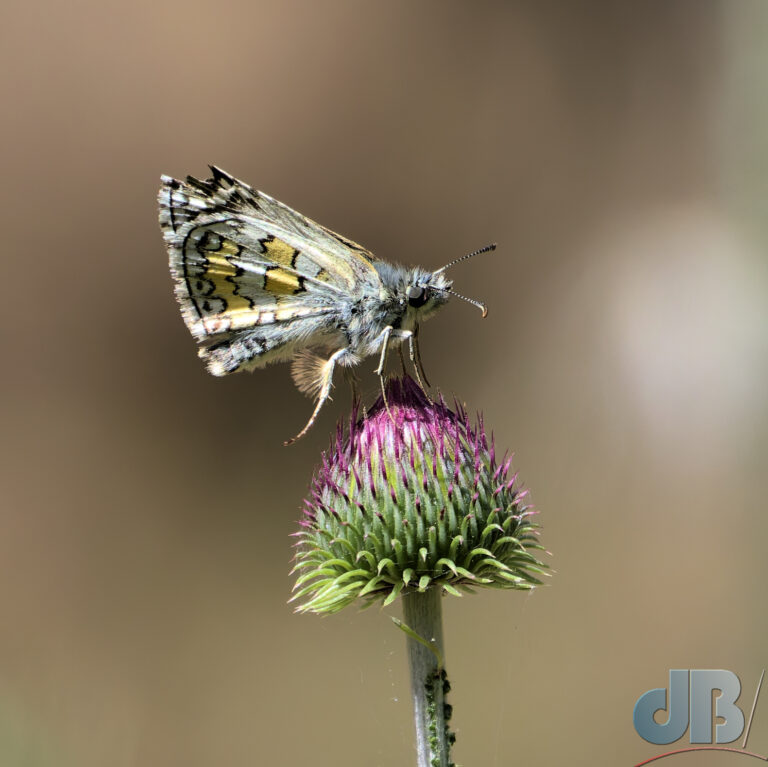
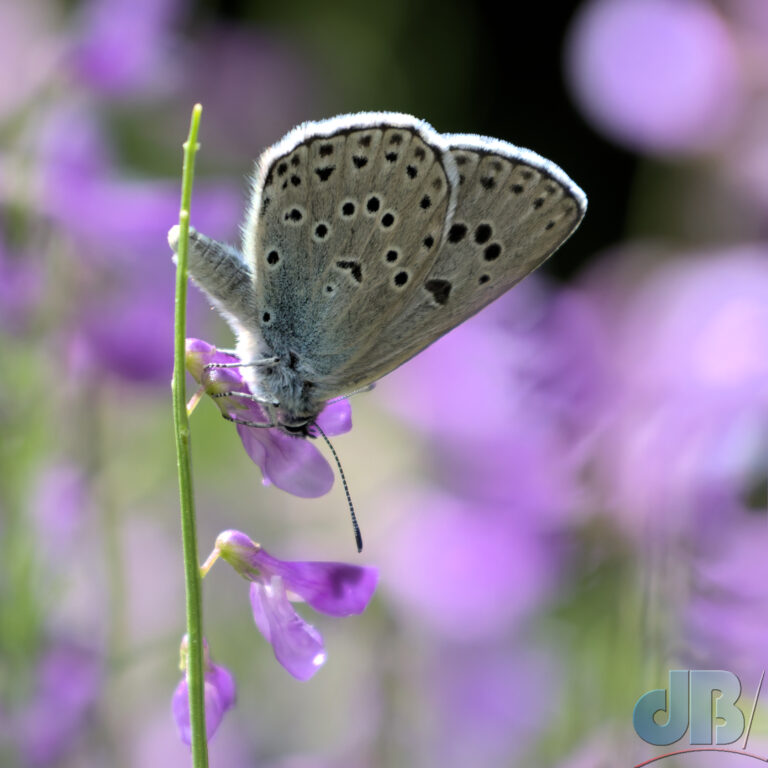
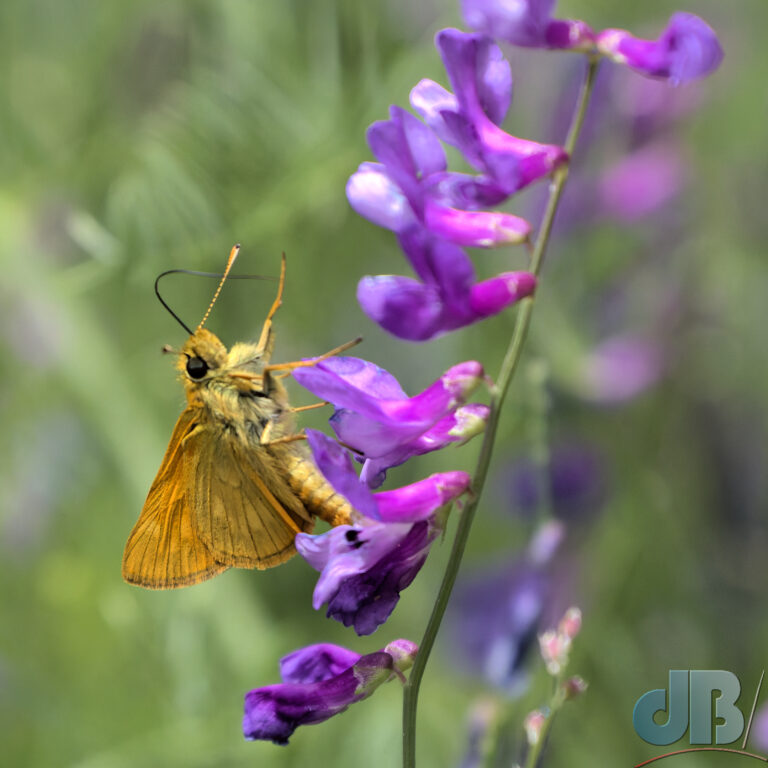
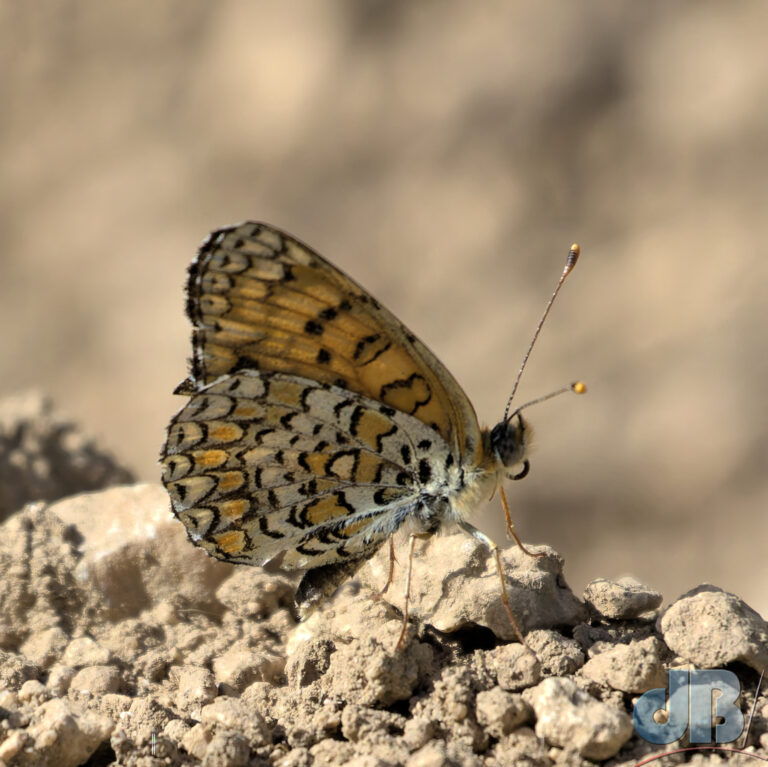
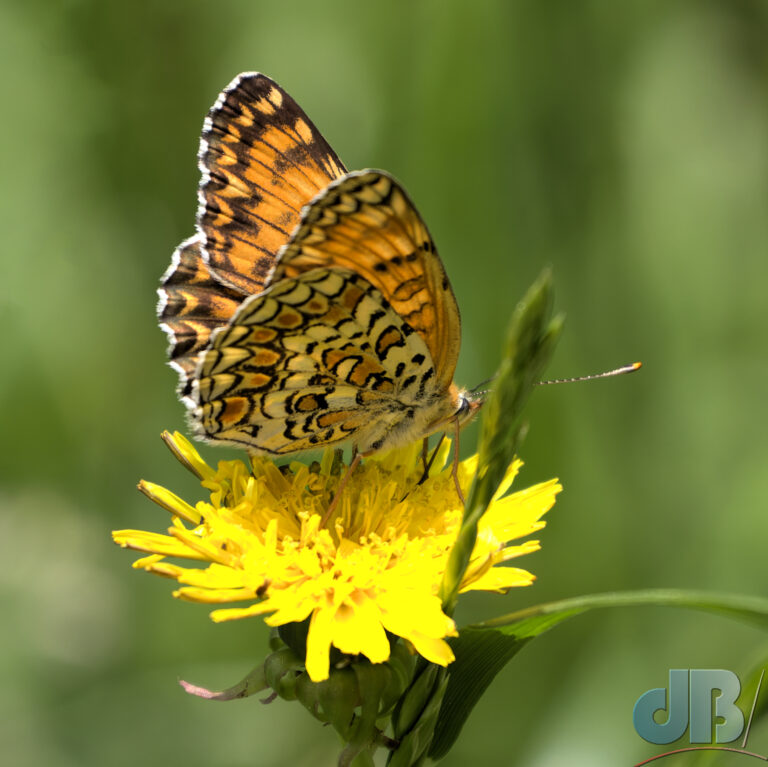
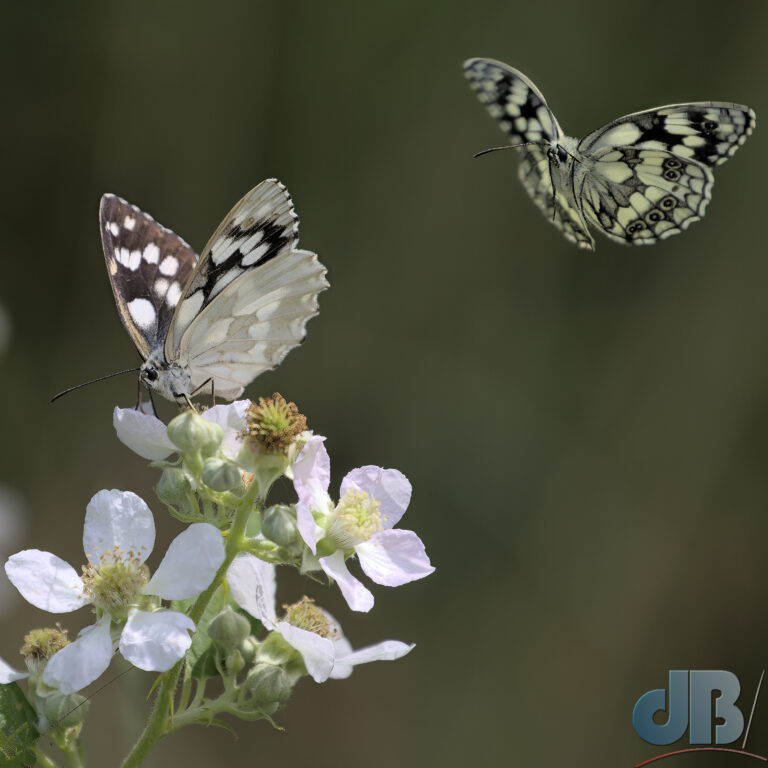
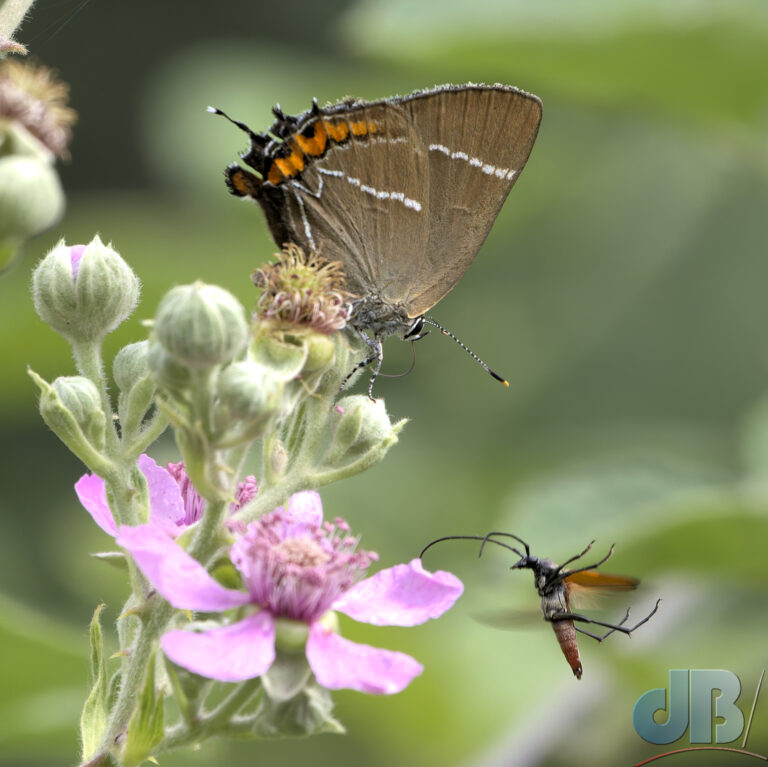
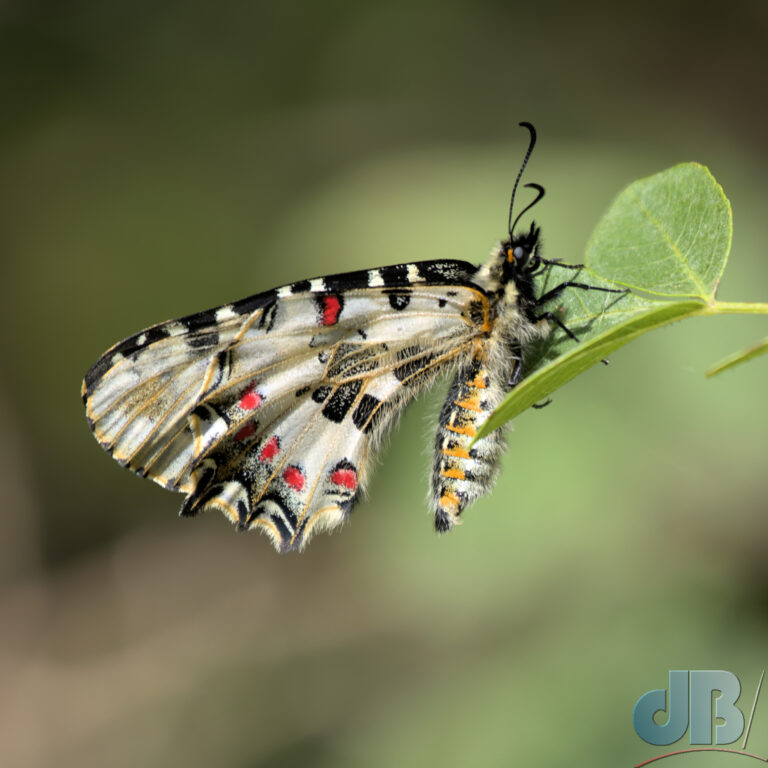
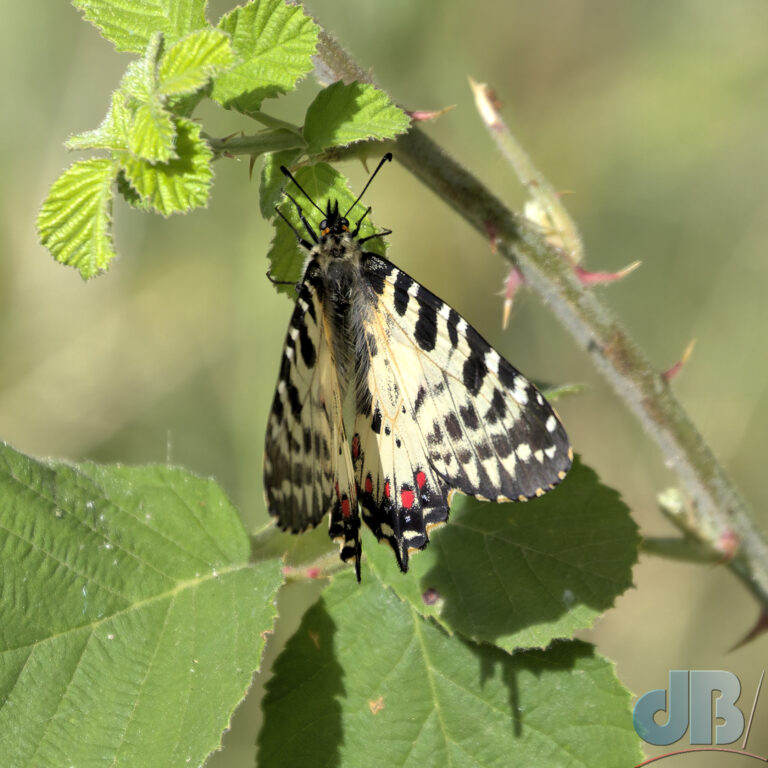
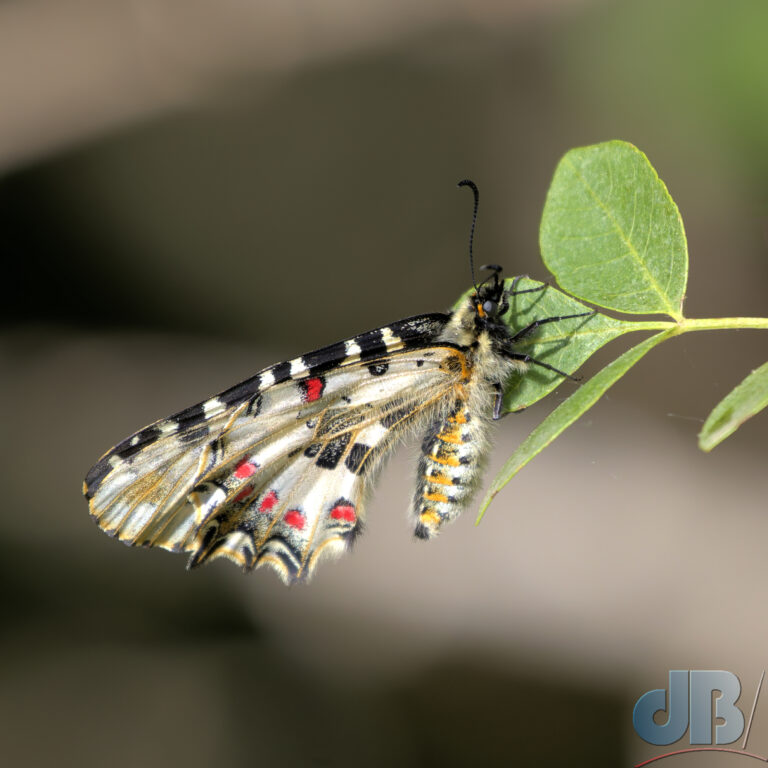
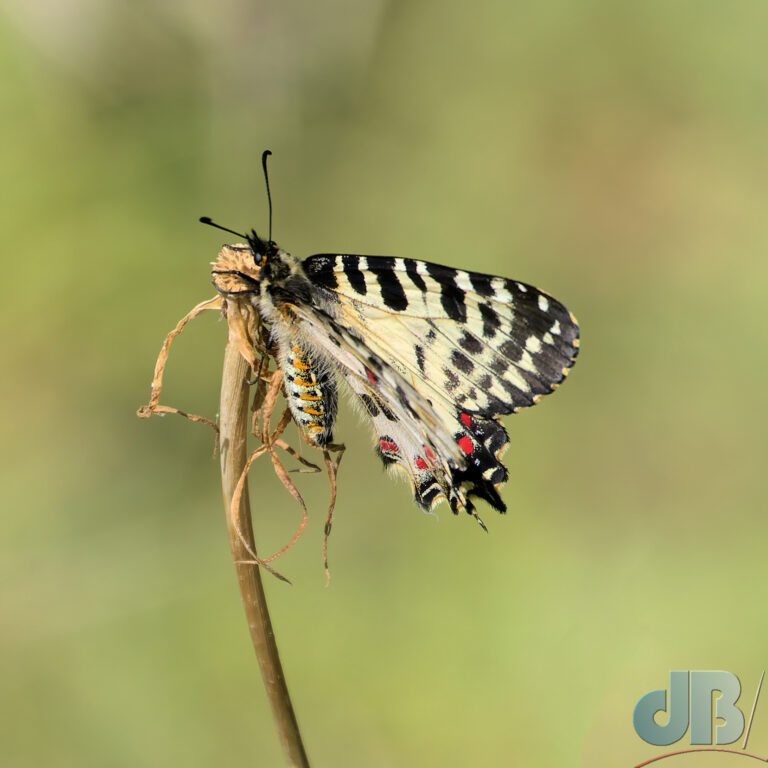
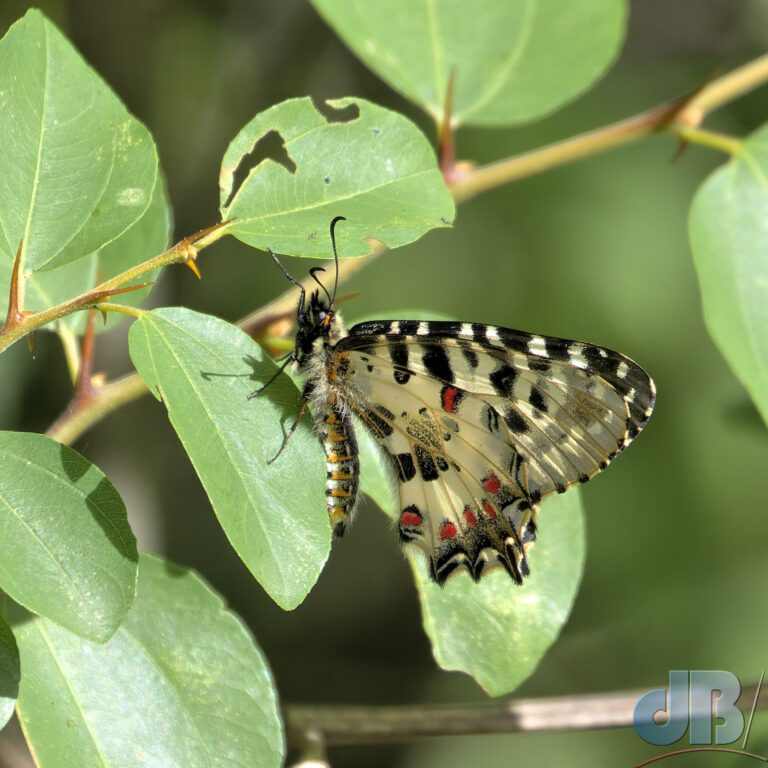
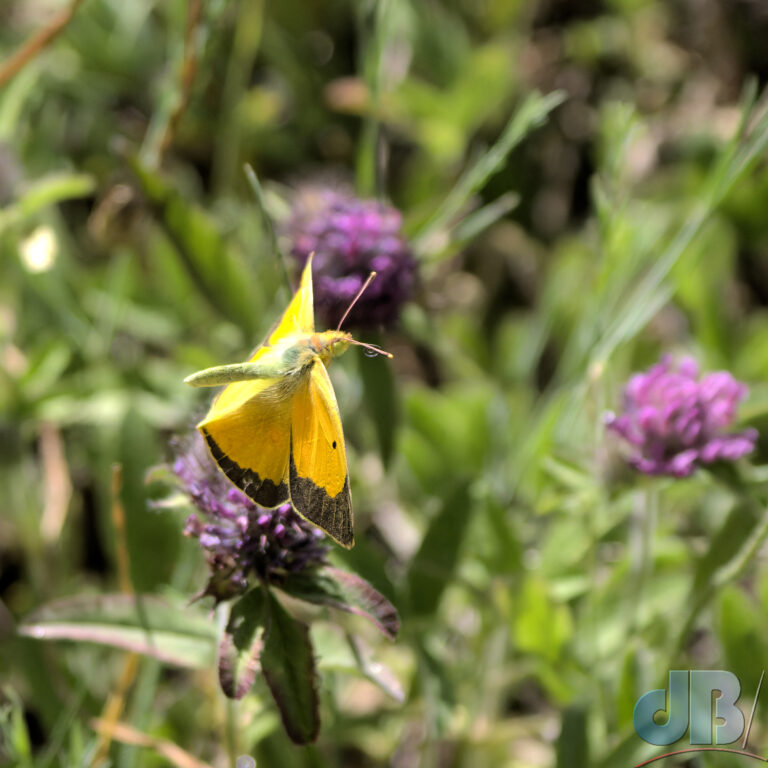
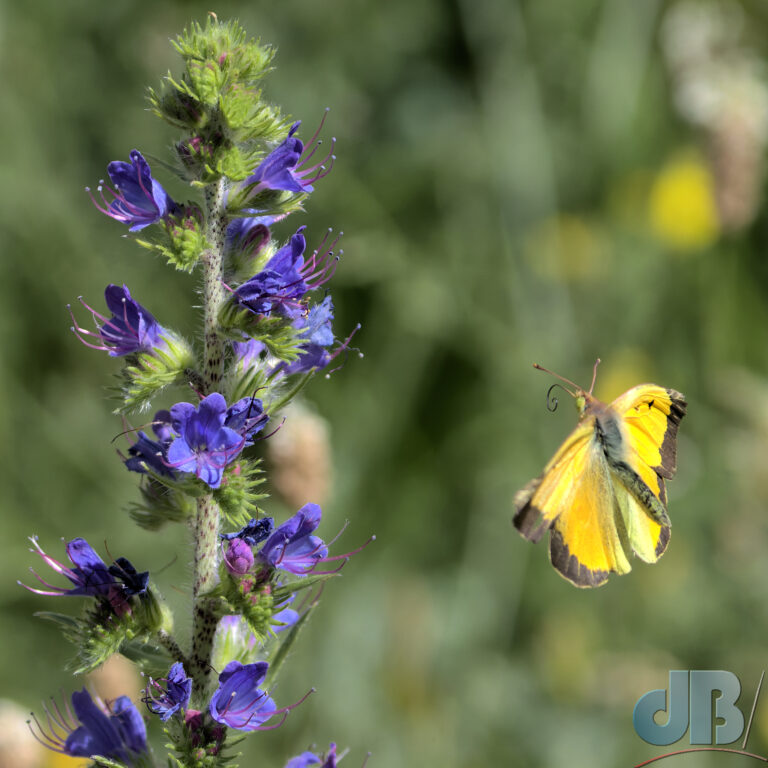
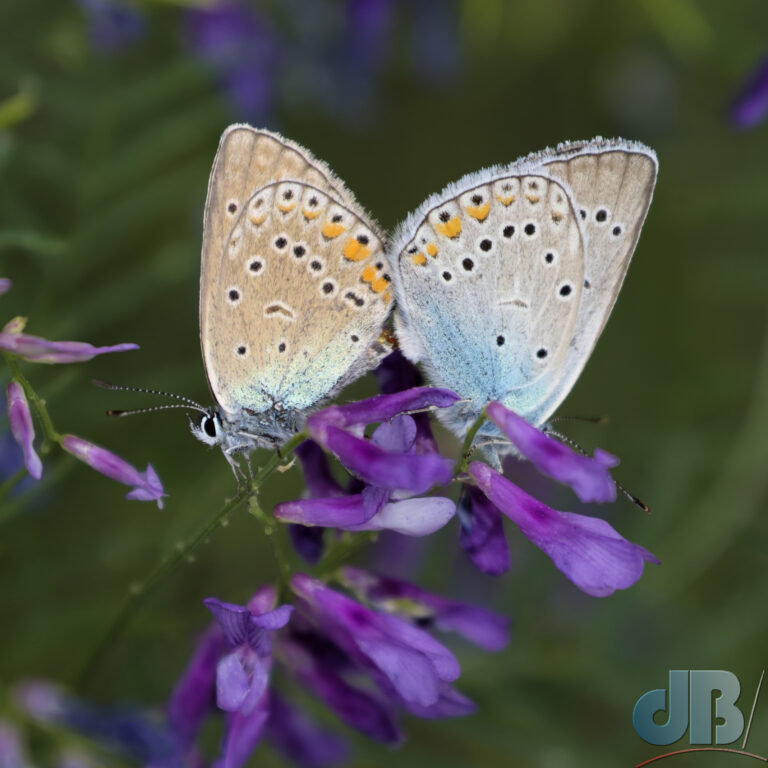
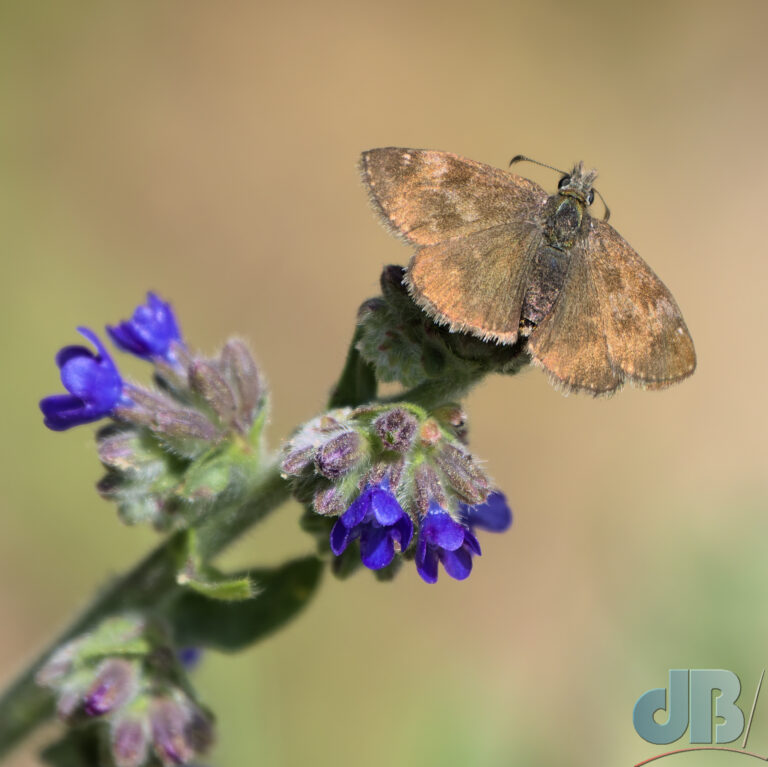
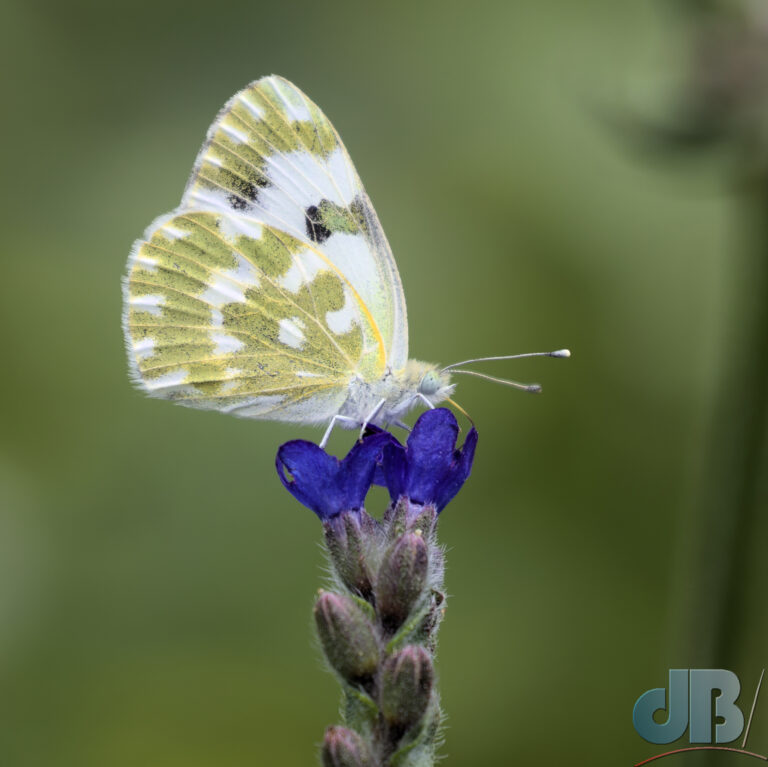
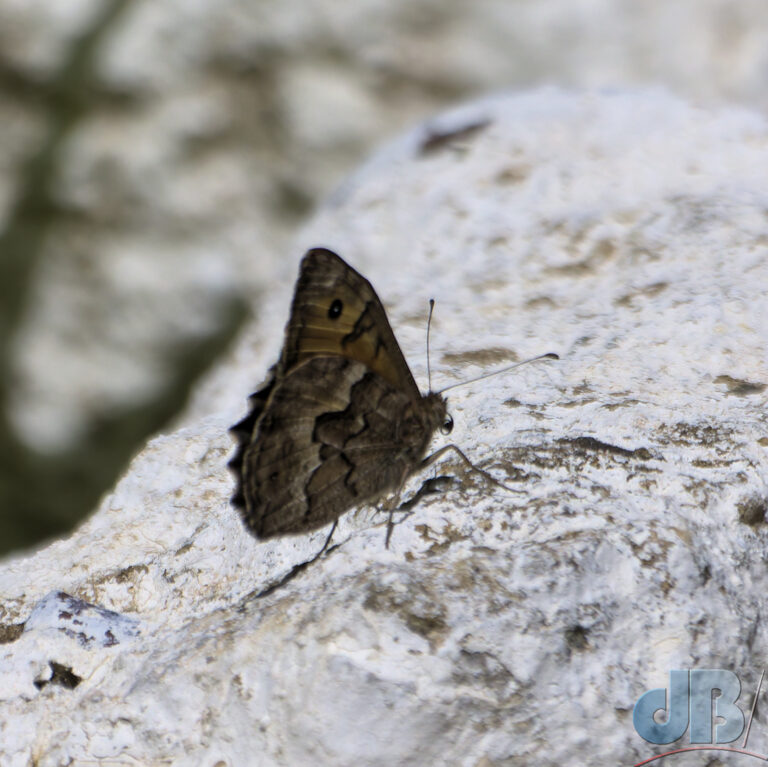
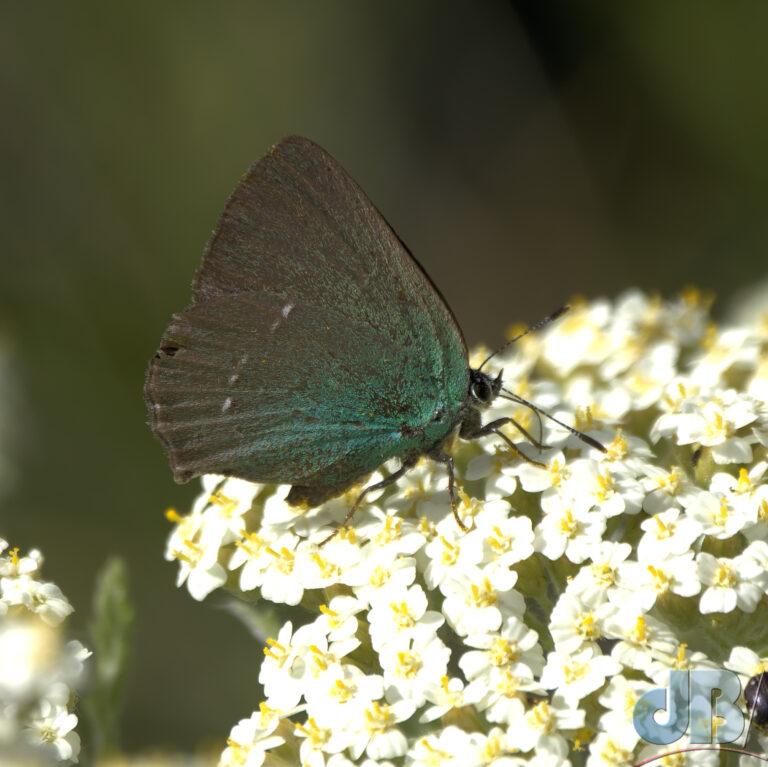
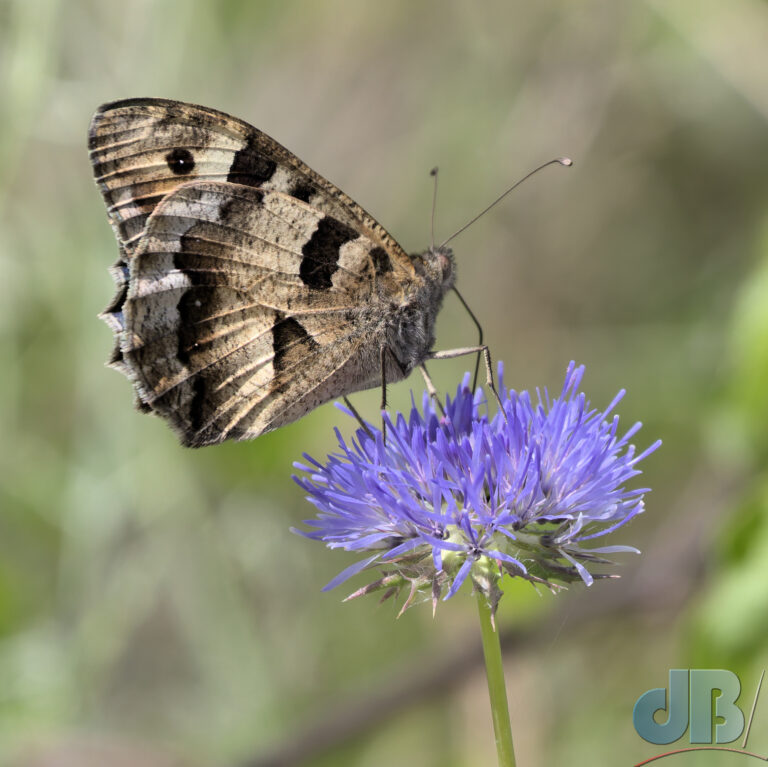
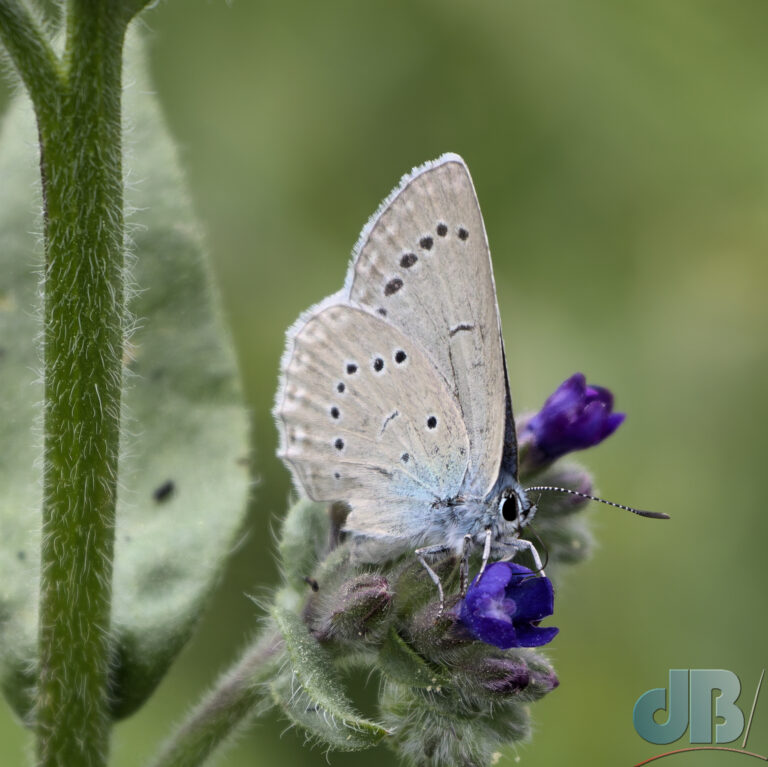
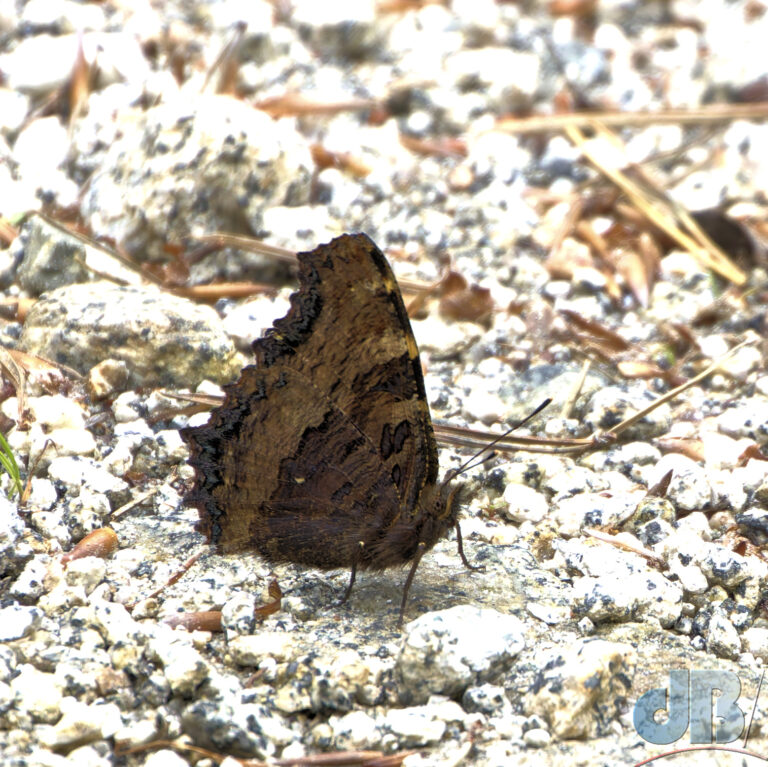
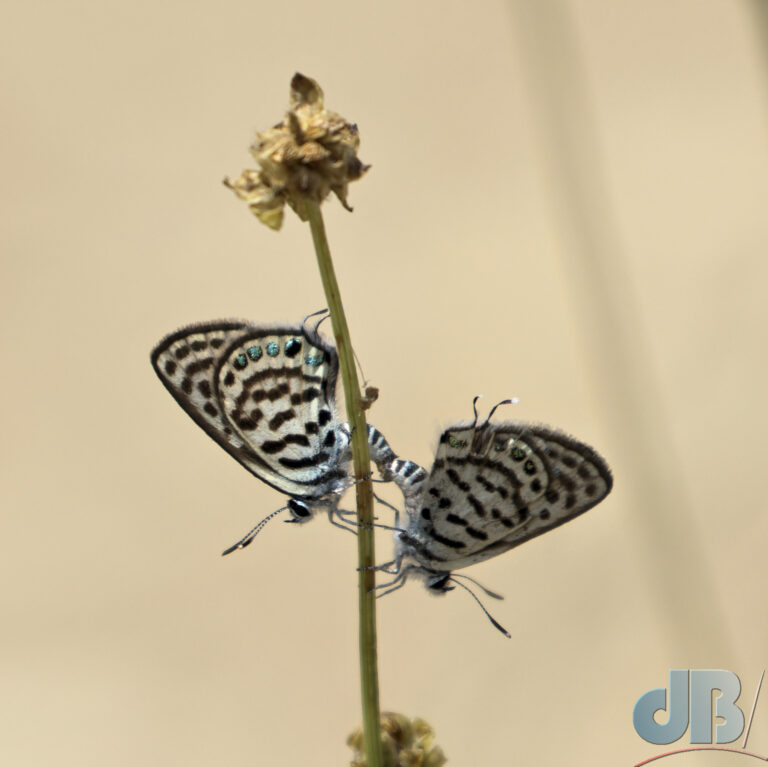
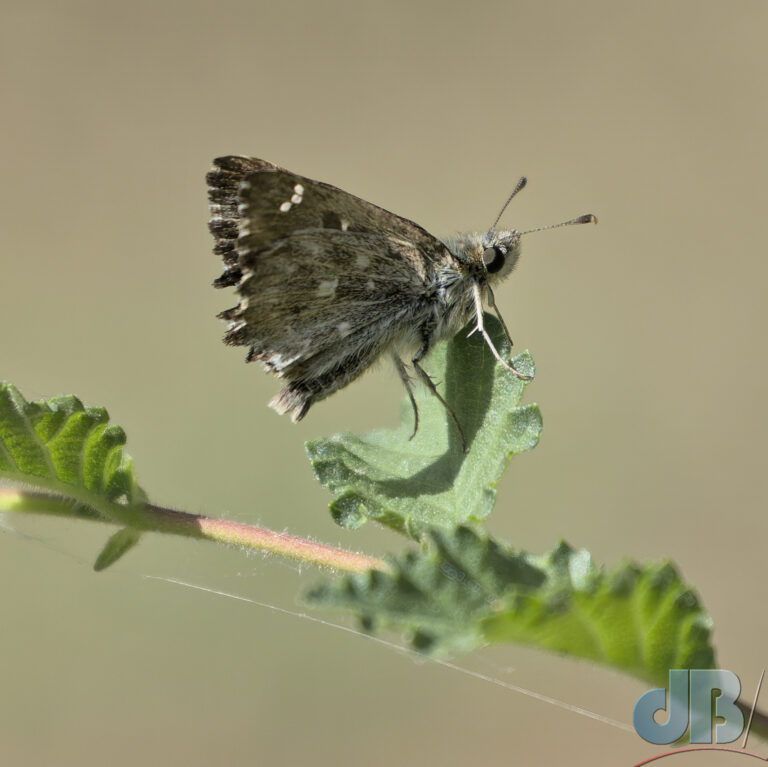
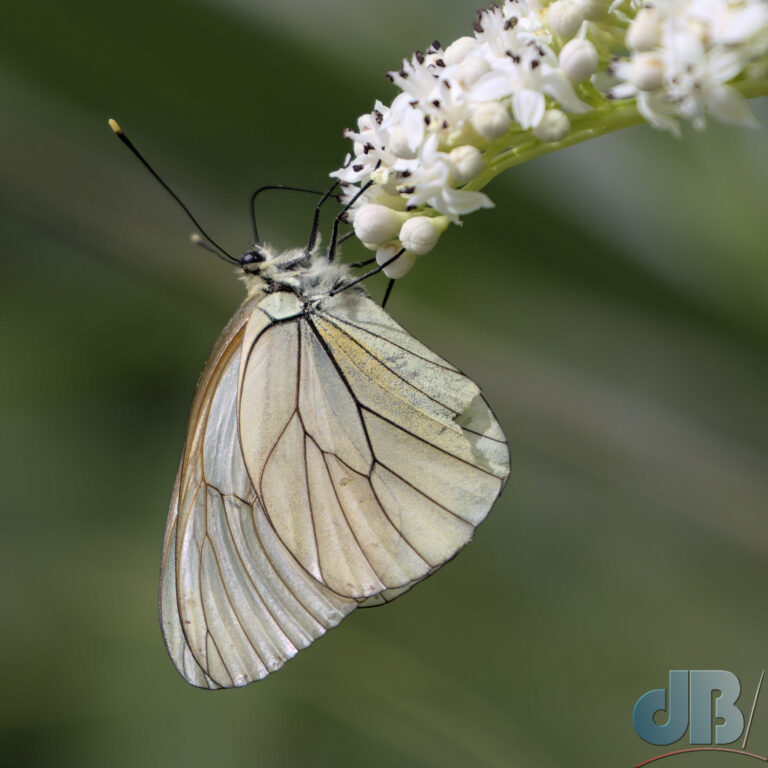
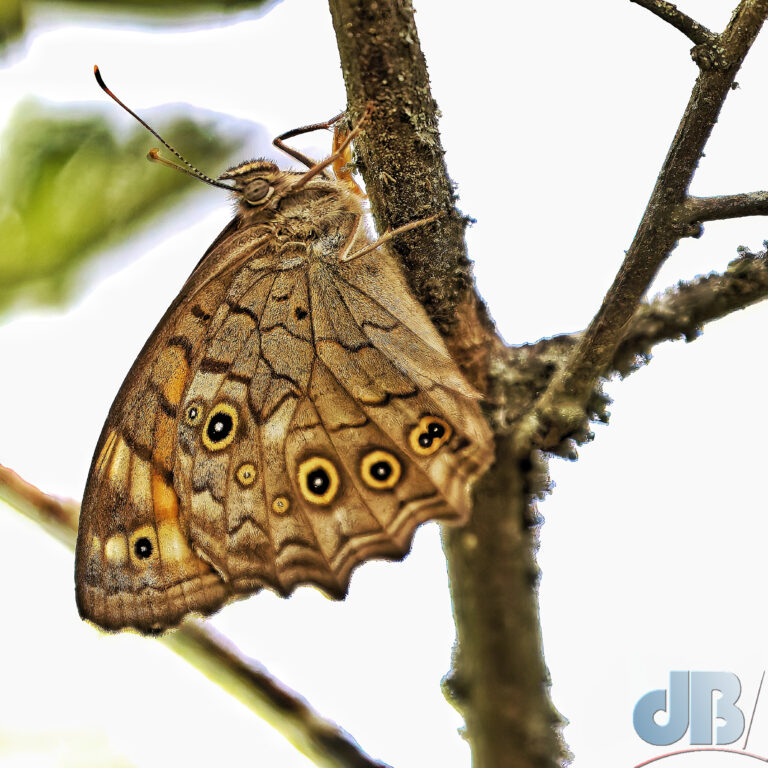
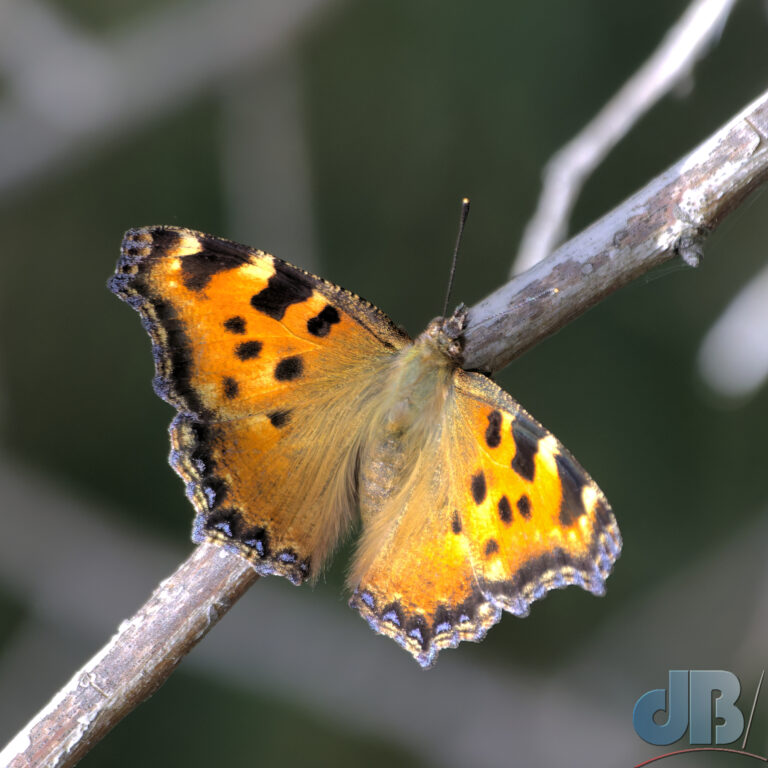 Large Tortoiseshell, Nymphalis polychloros, used to be an extant (the opposite of extinct) species in the UK, but no longer. That said, there have been occasional sightings, these are usually captive-bred specimens. There are hints that some are vagrants that have made it across The Channel. Of course, they are very much extant in Greece and elsewhere in mainland Europe. We were unable to see this one’s legs to check whether it was the yellow-legged species, N. xanthomelas.
Large Tortoiseshell, Nymphalis polychloros, used to be an extant (the opposite of extinct) species in the UK, but no longer. That said, there have been occasional sightings, these are usually captive-bred specimens. There are hints that some are vagrants that have made it across The Channel. Of course, they are very much extant in Greece and elsewhere in mainland Europe. We were unable to see this one’s legs to check whether it was the yellow-legged species, N. xanthomelas.